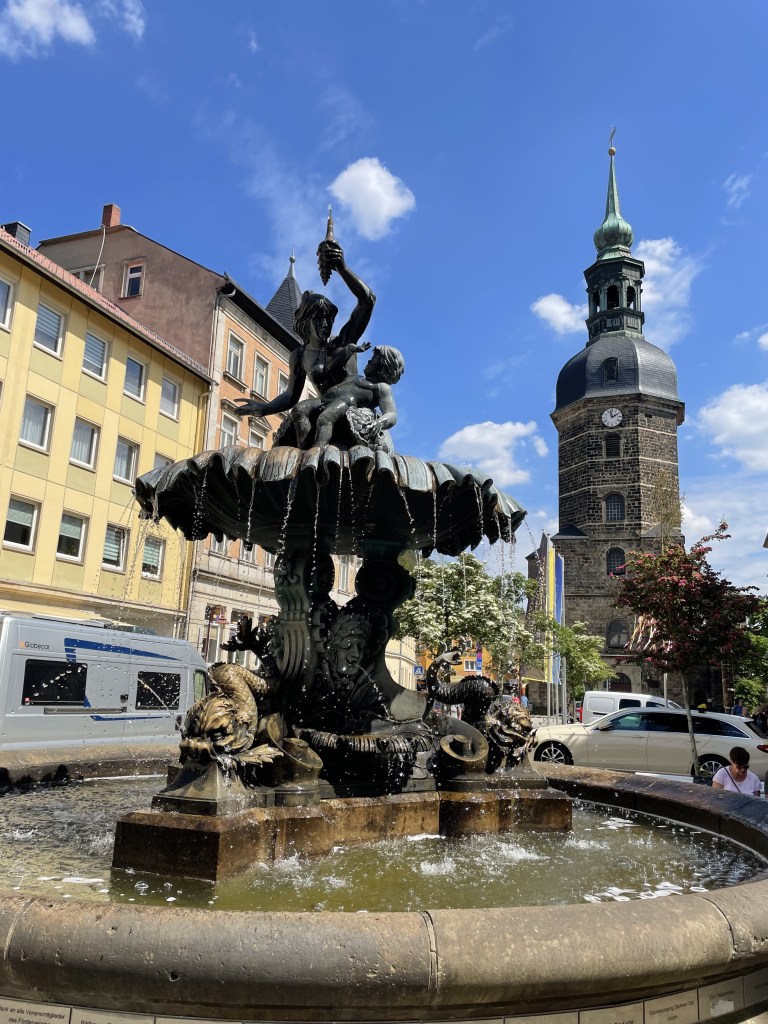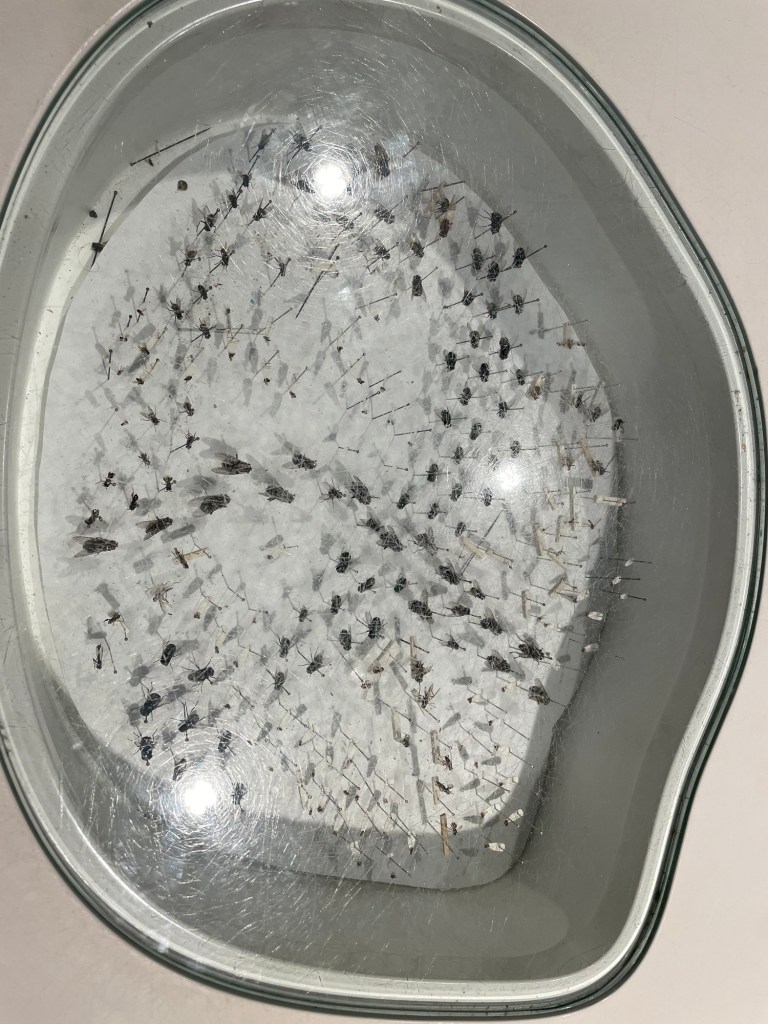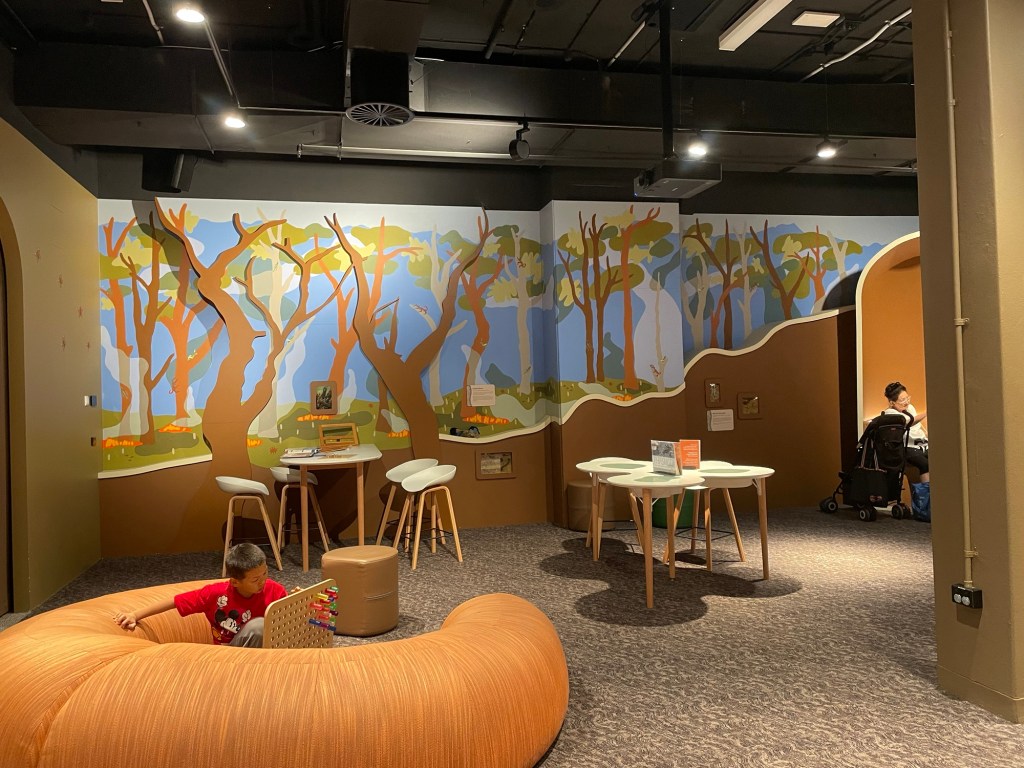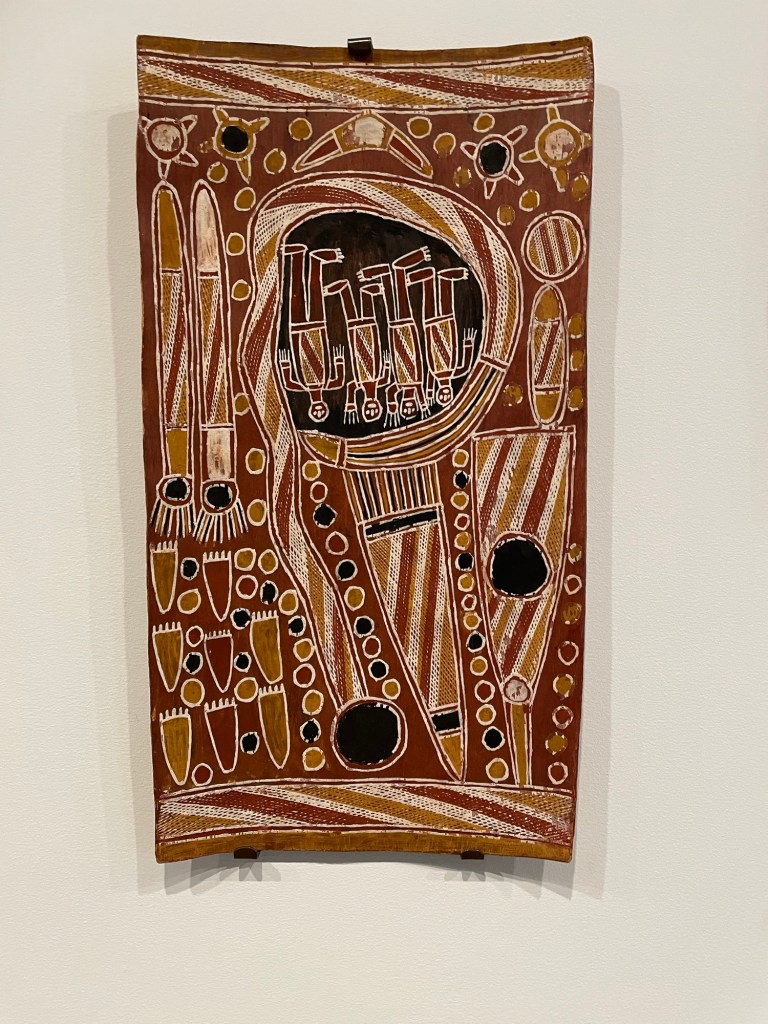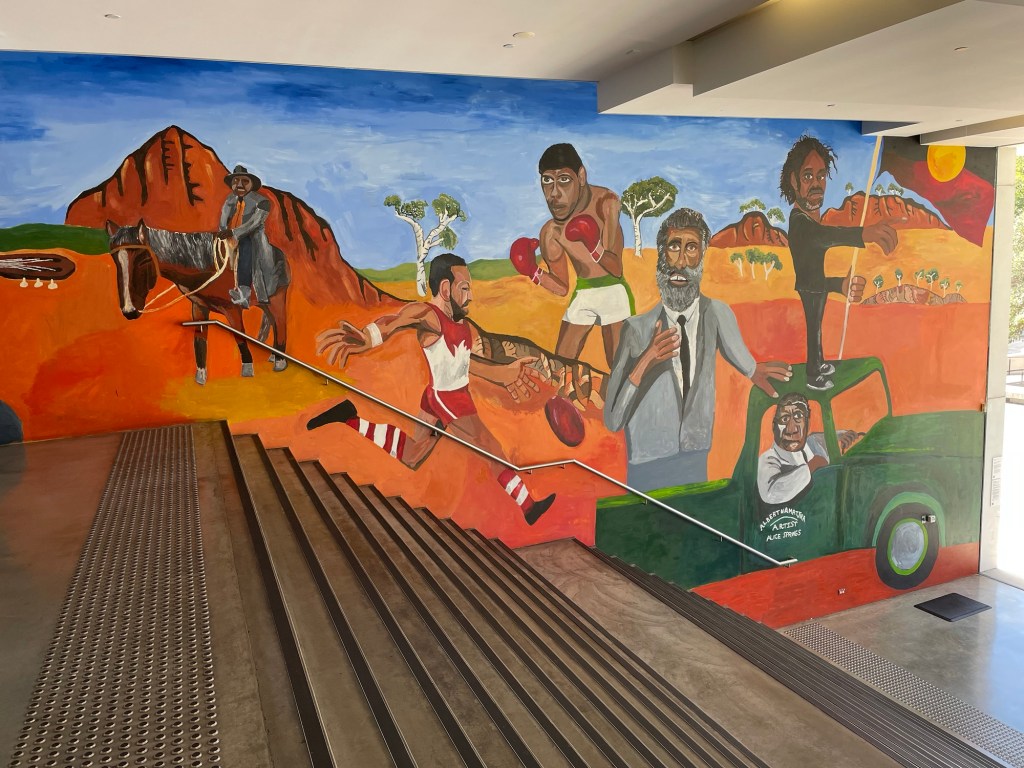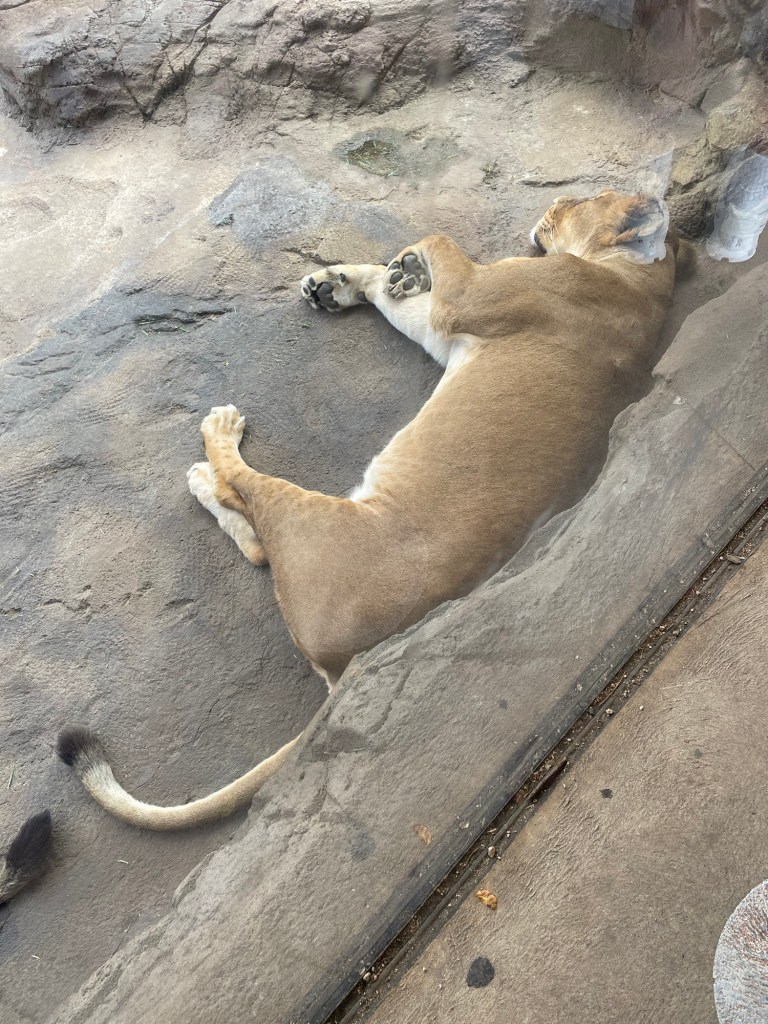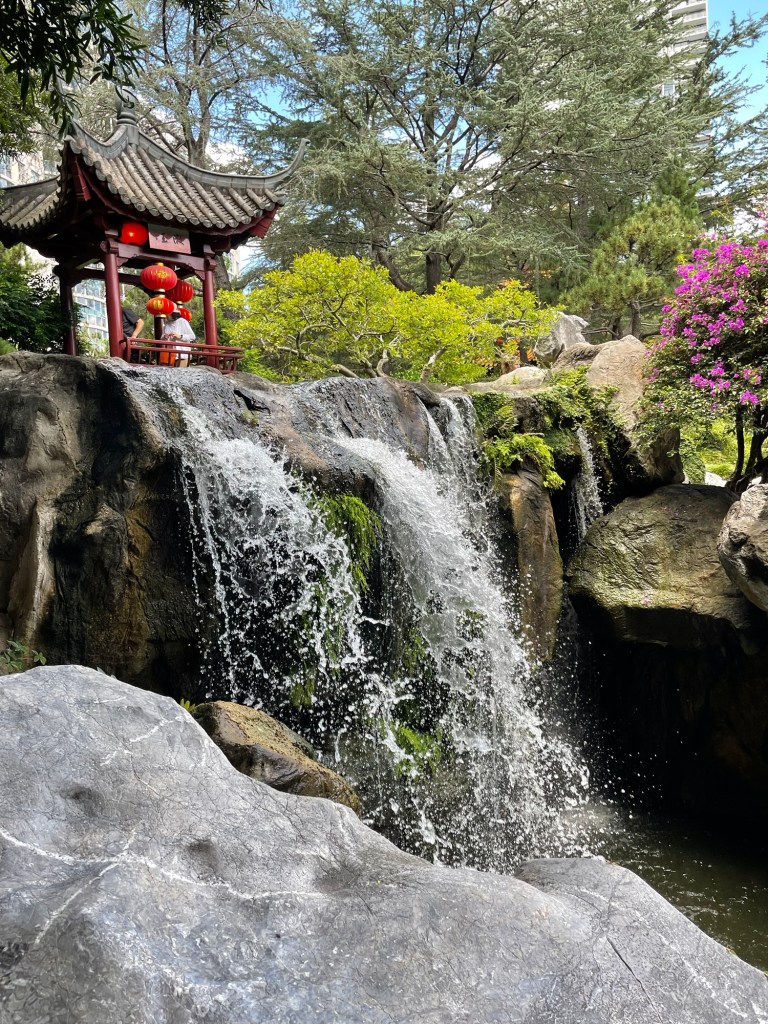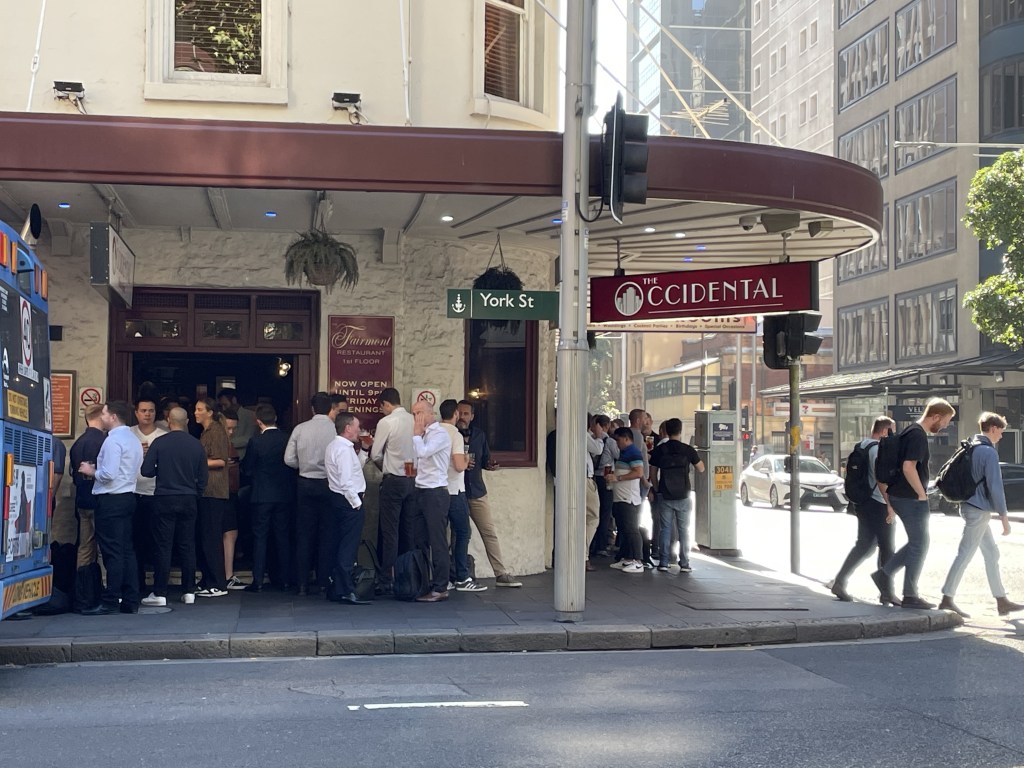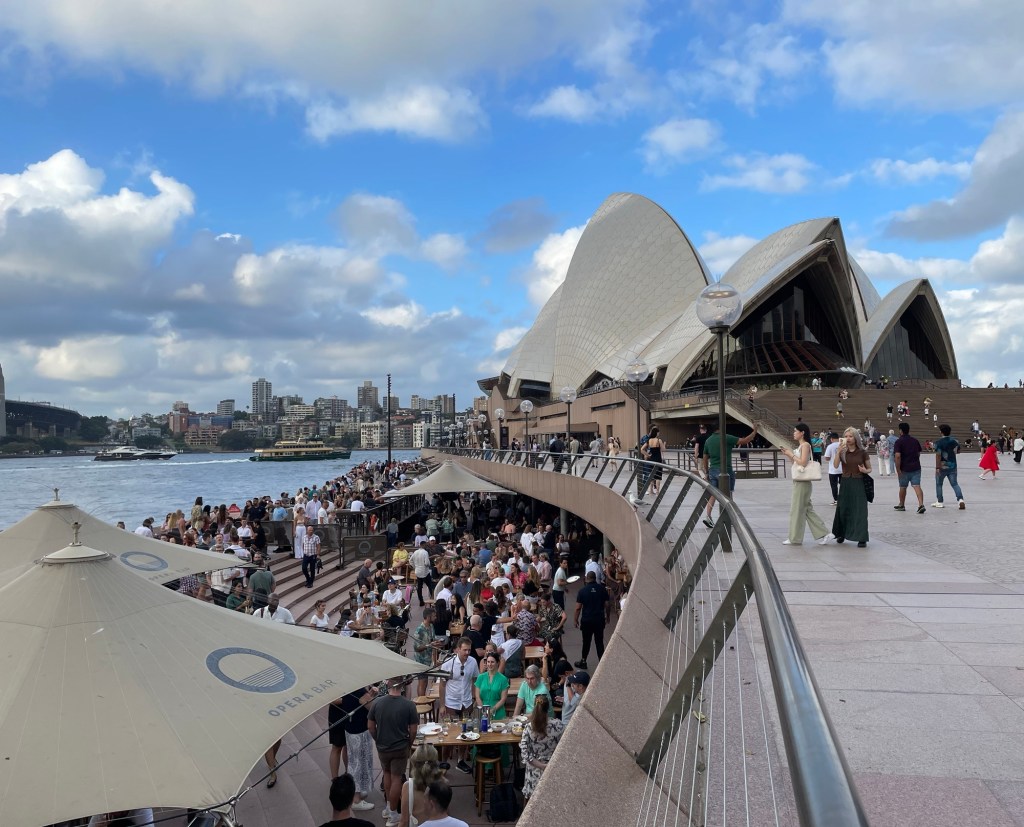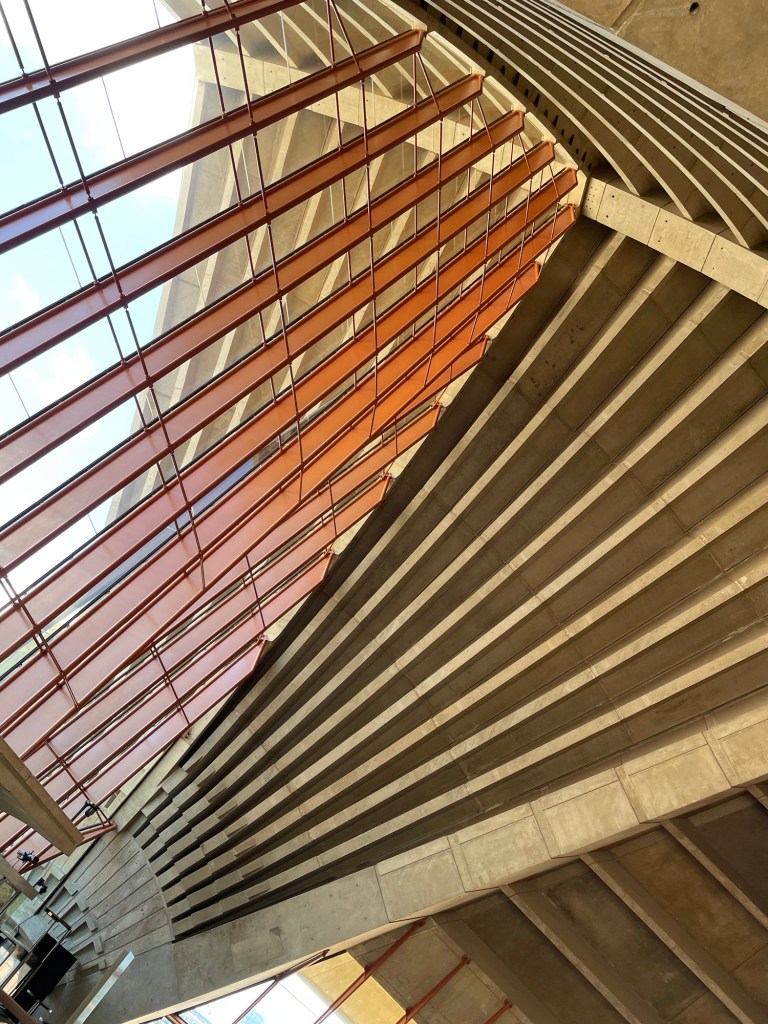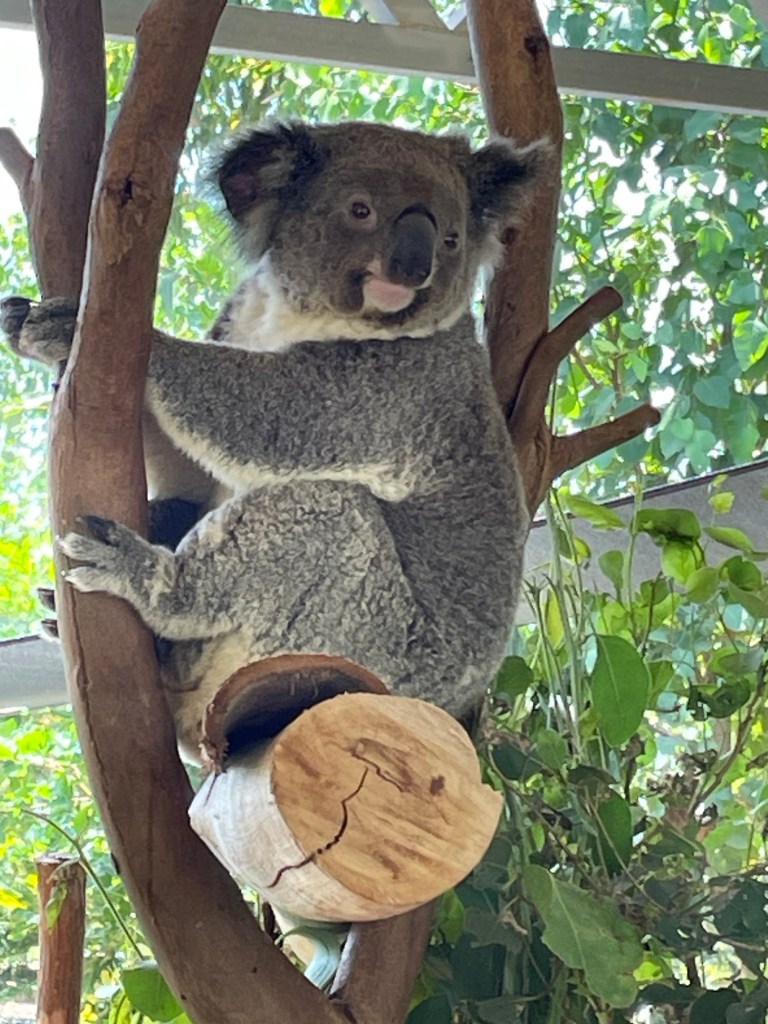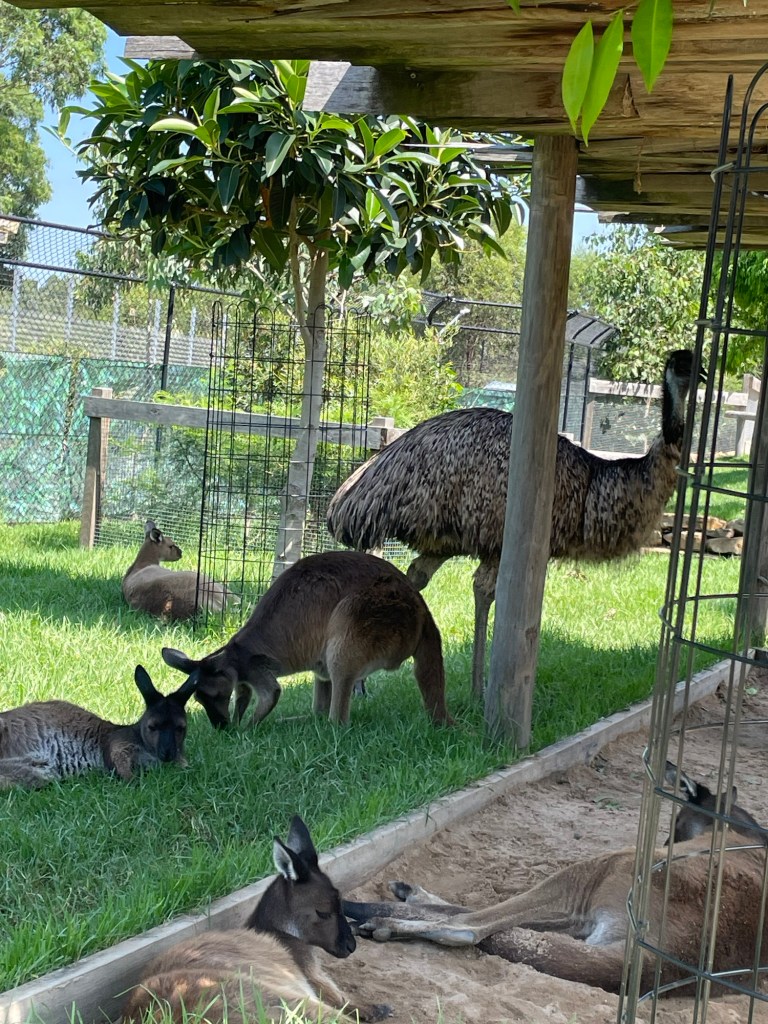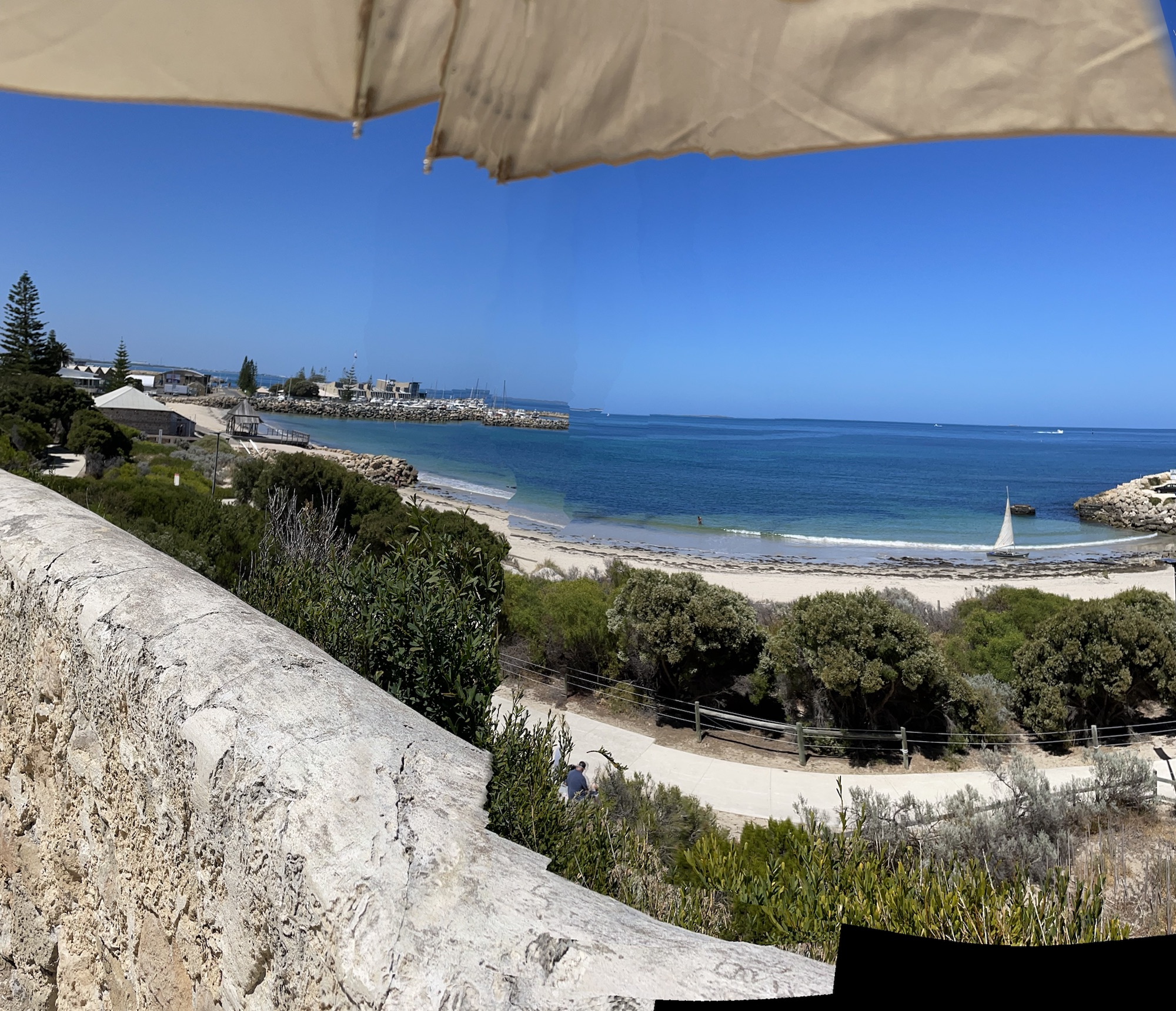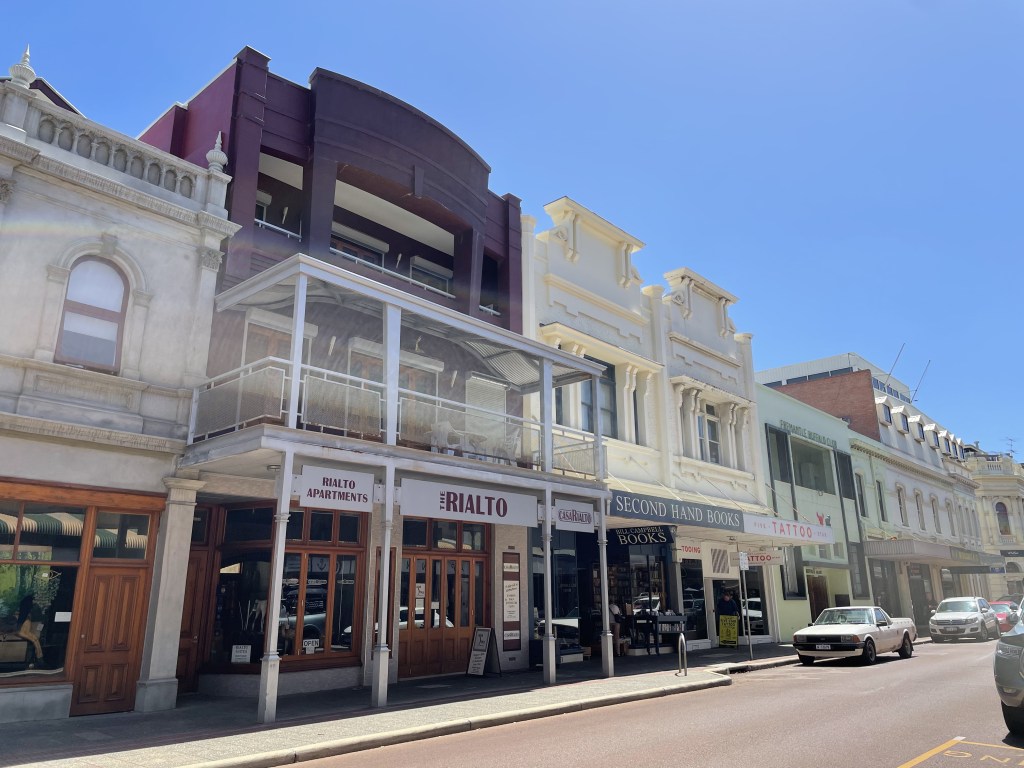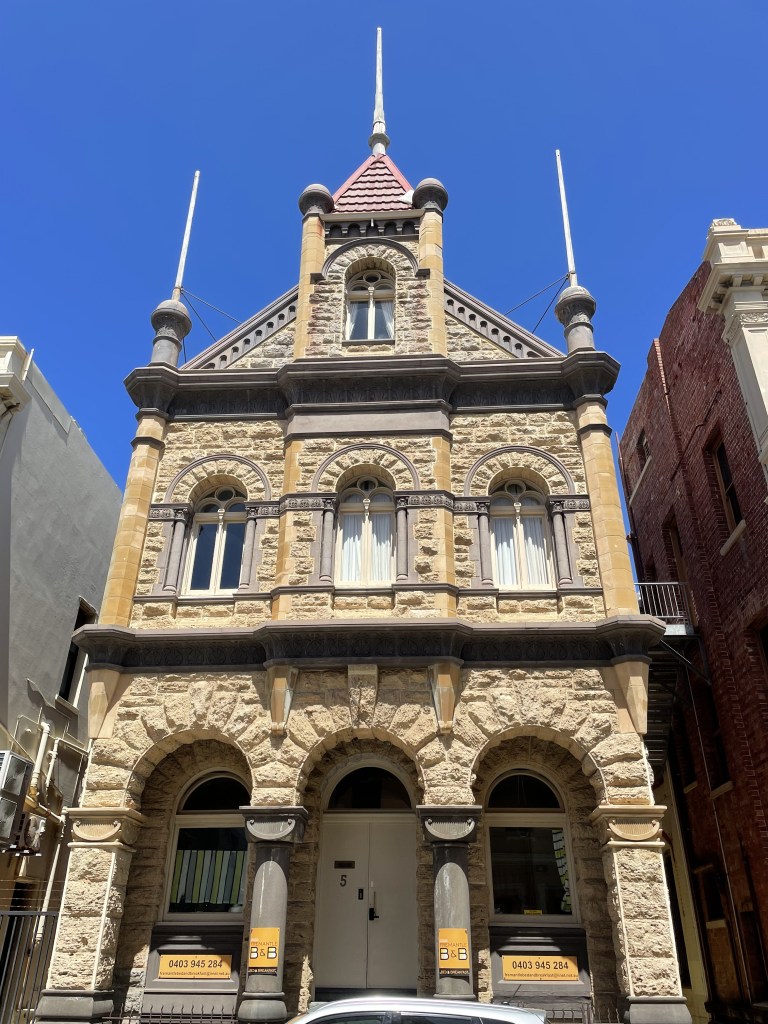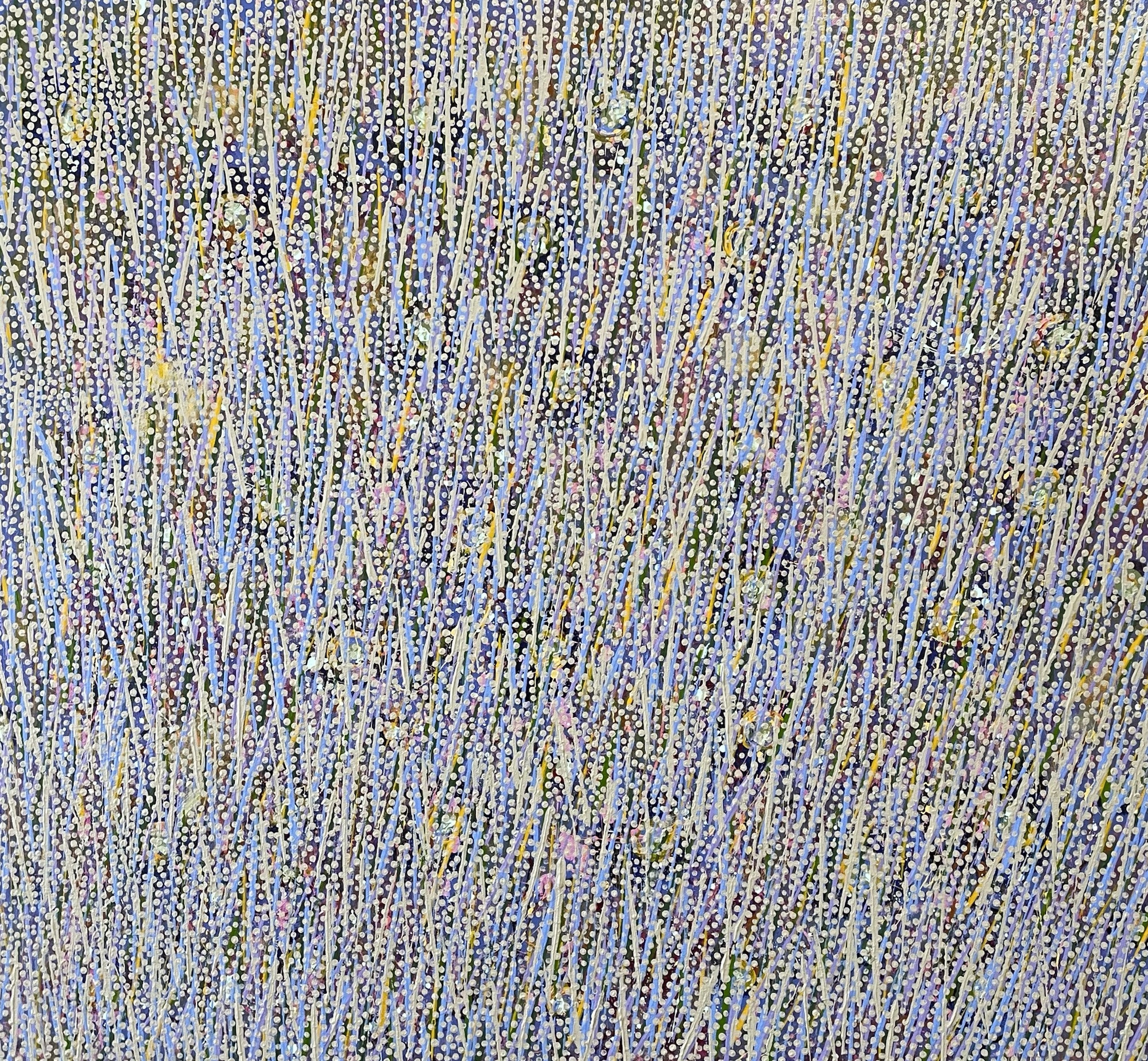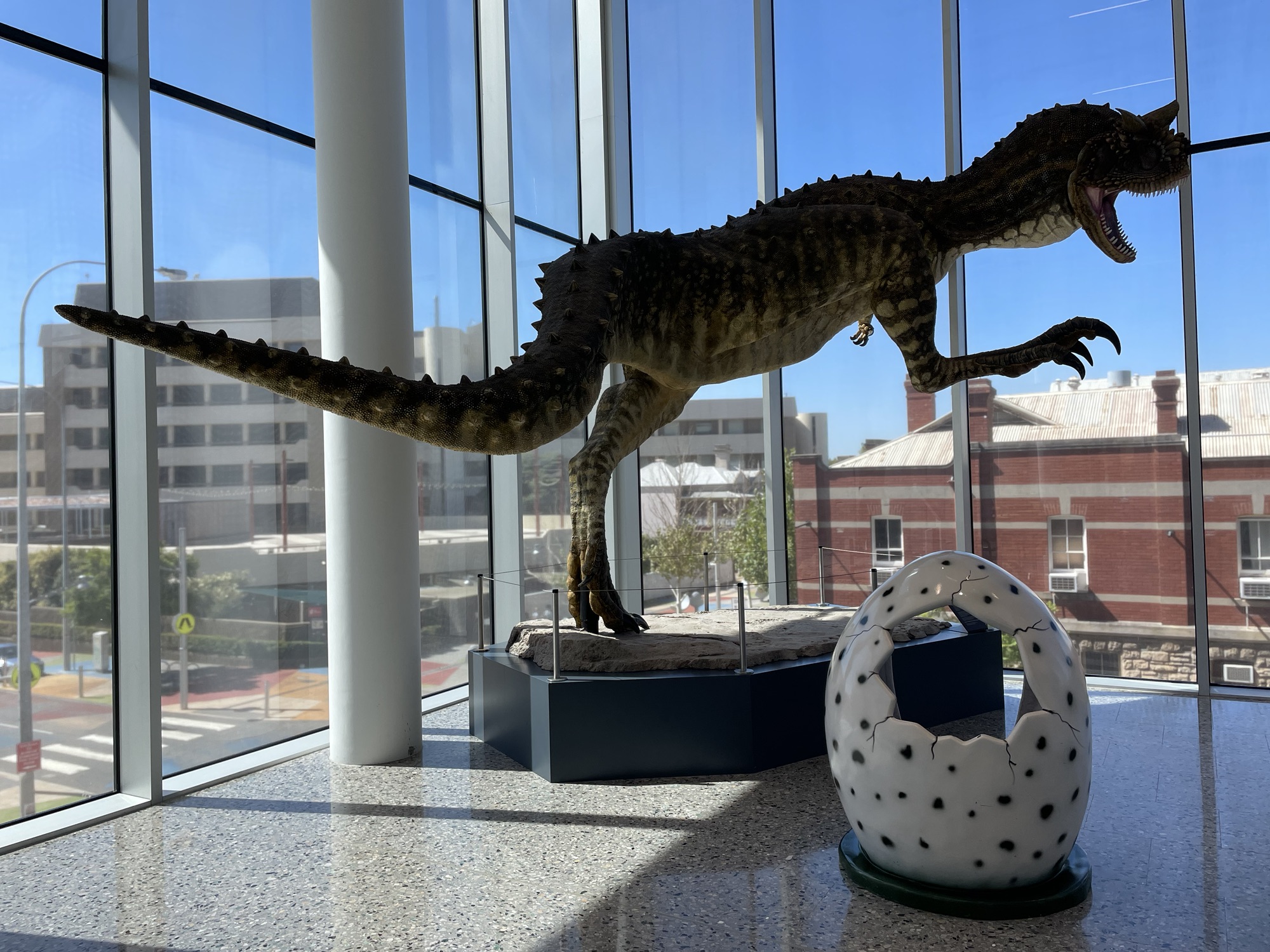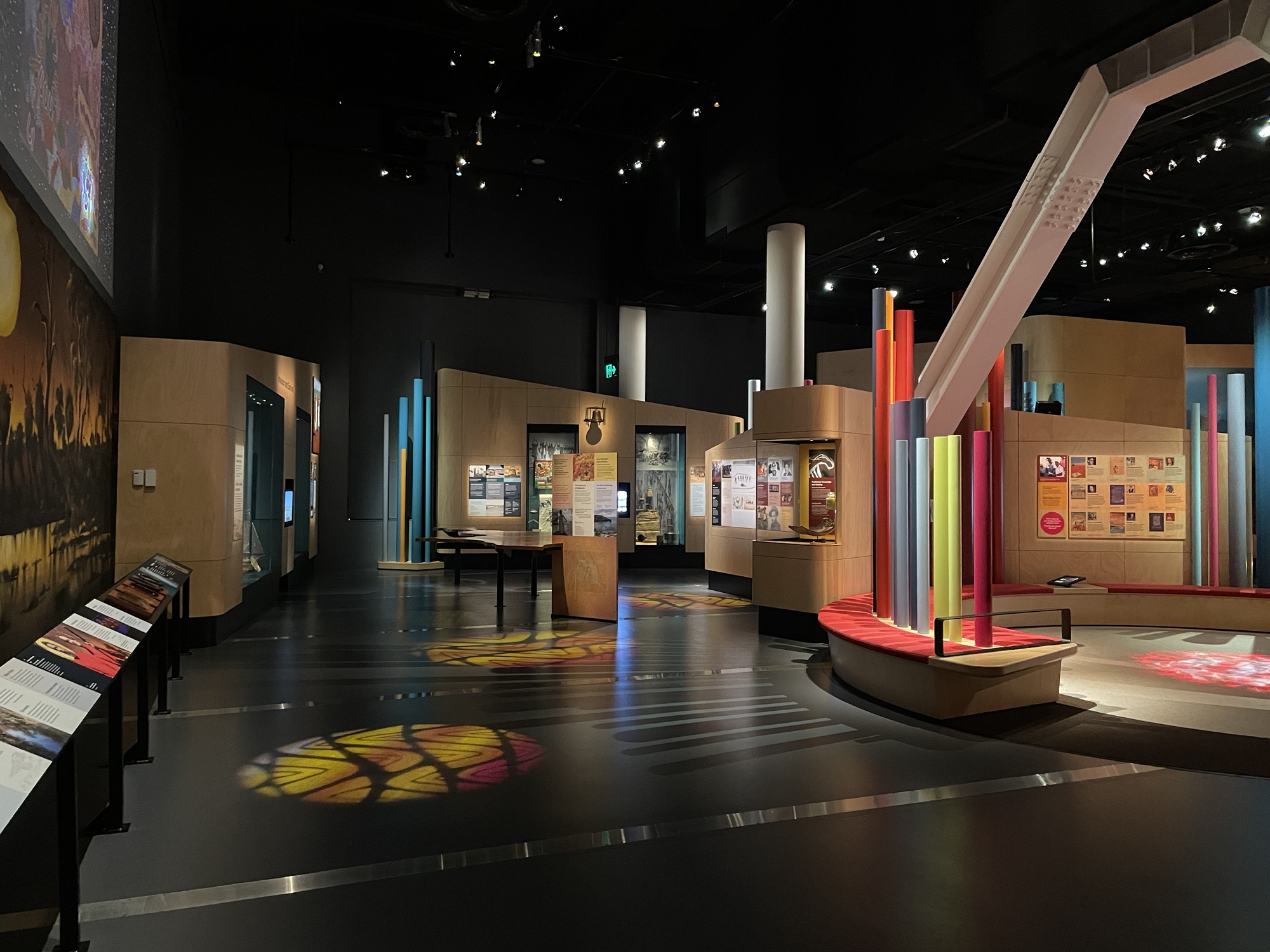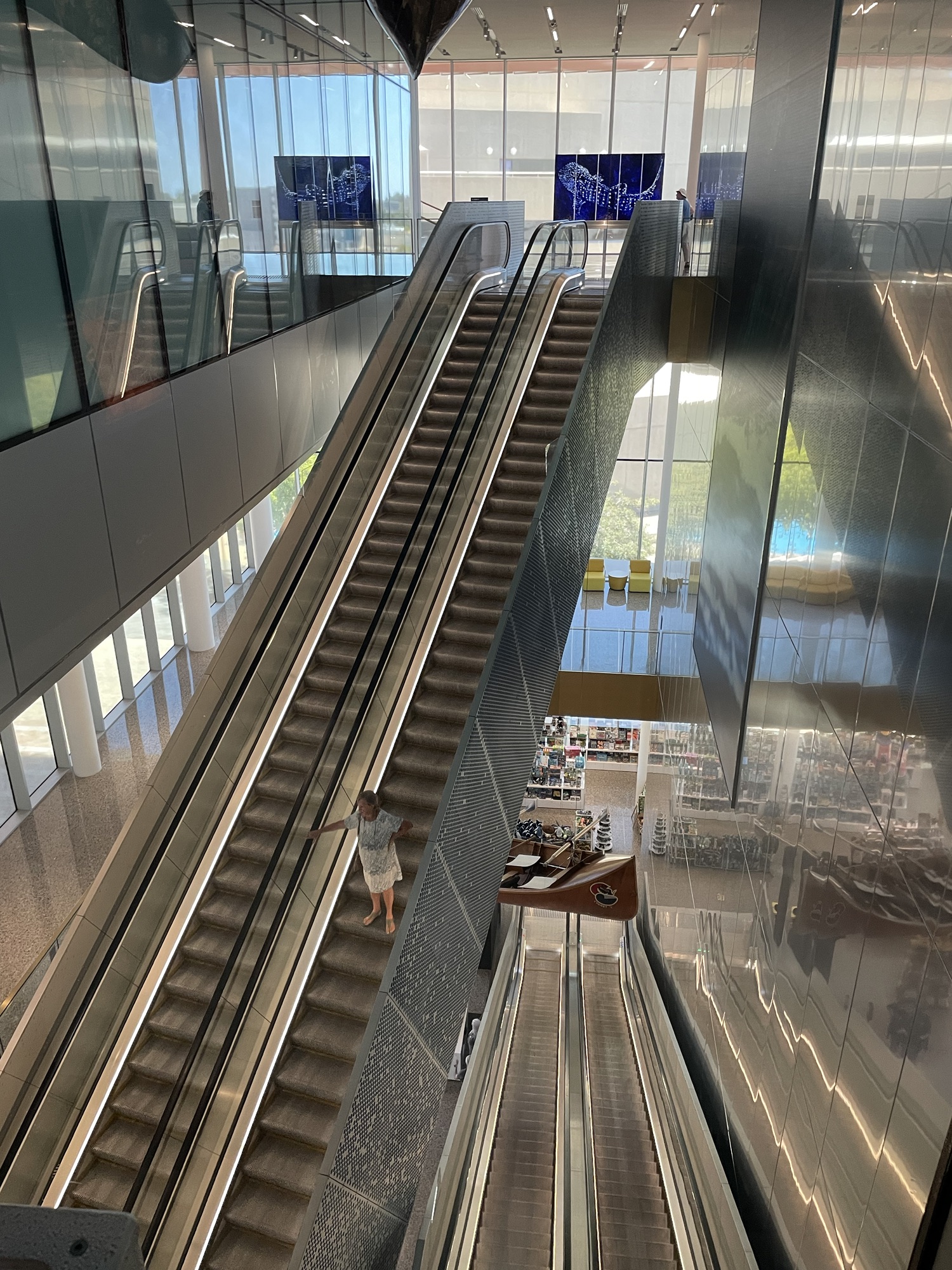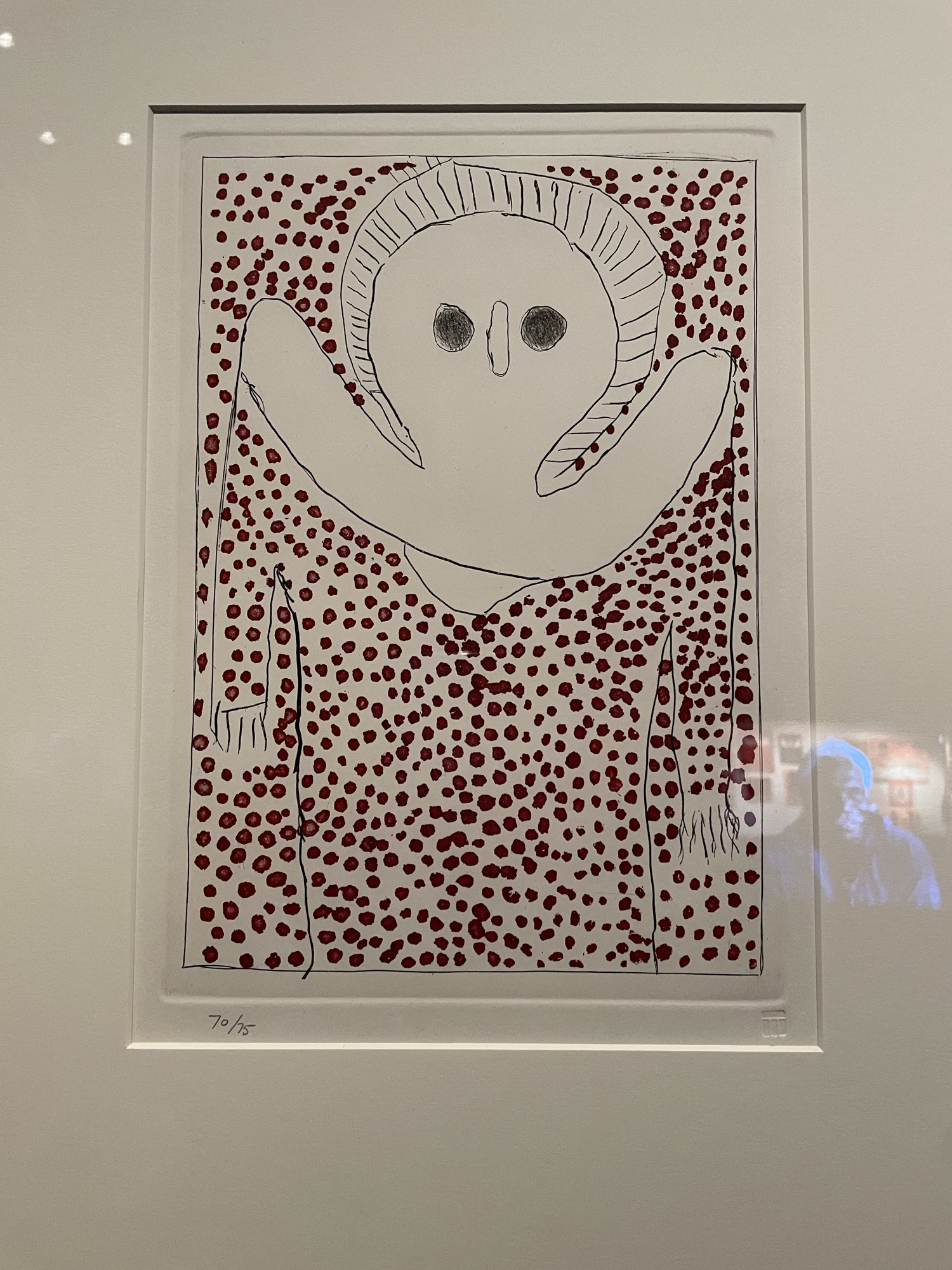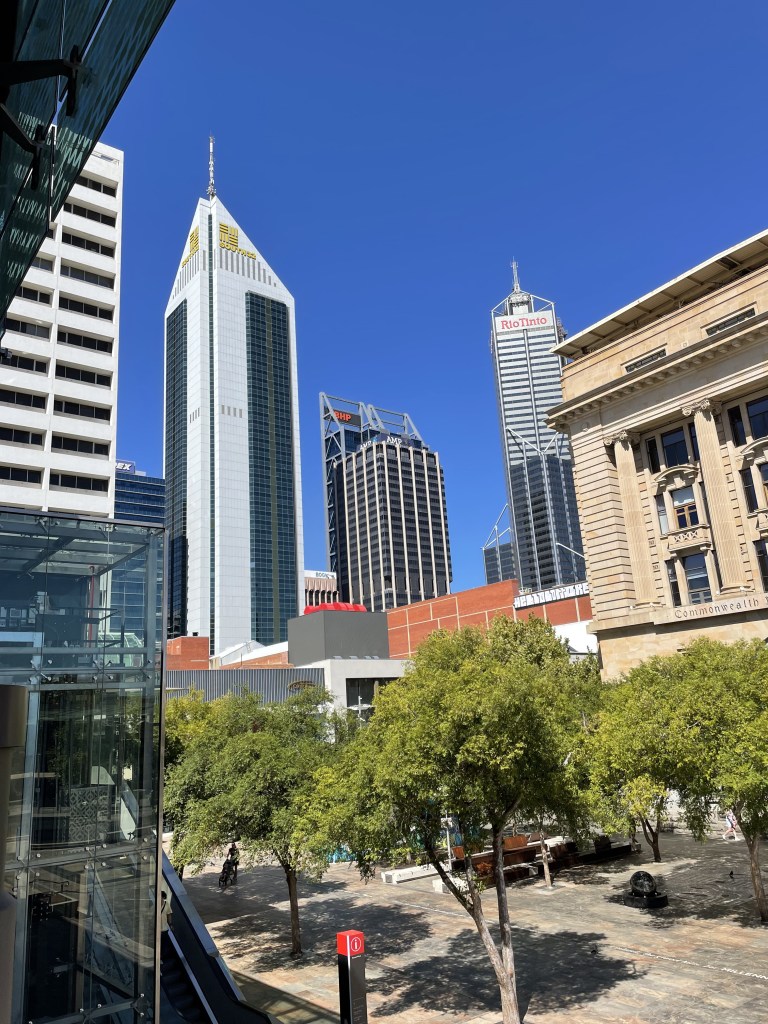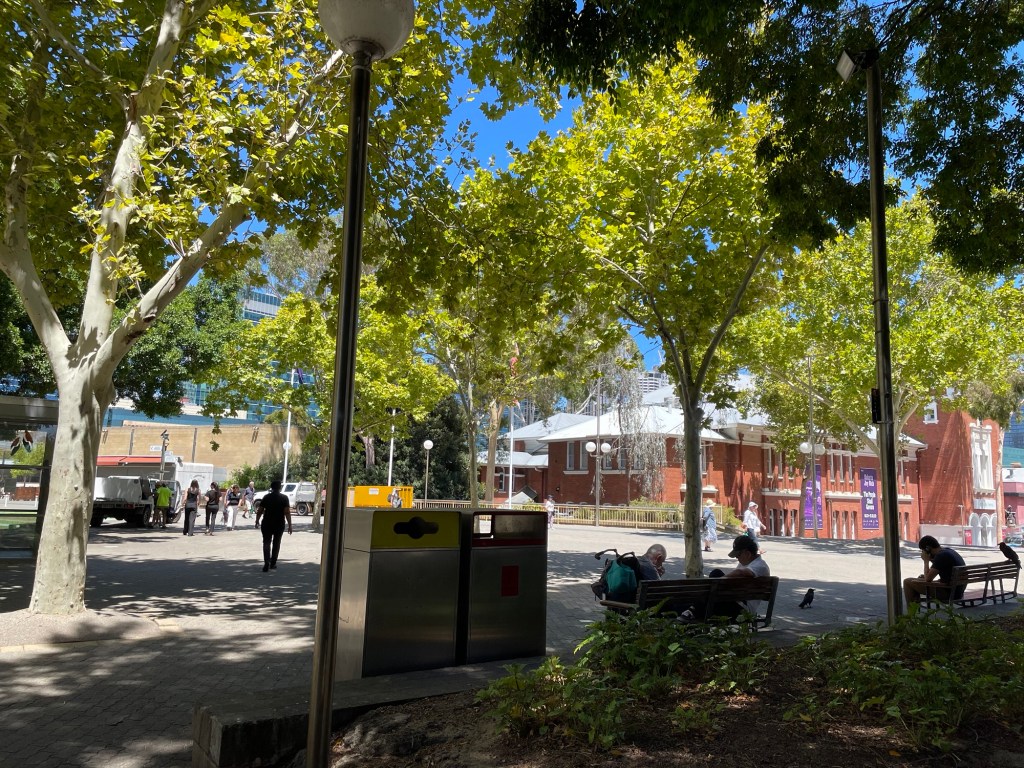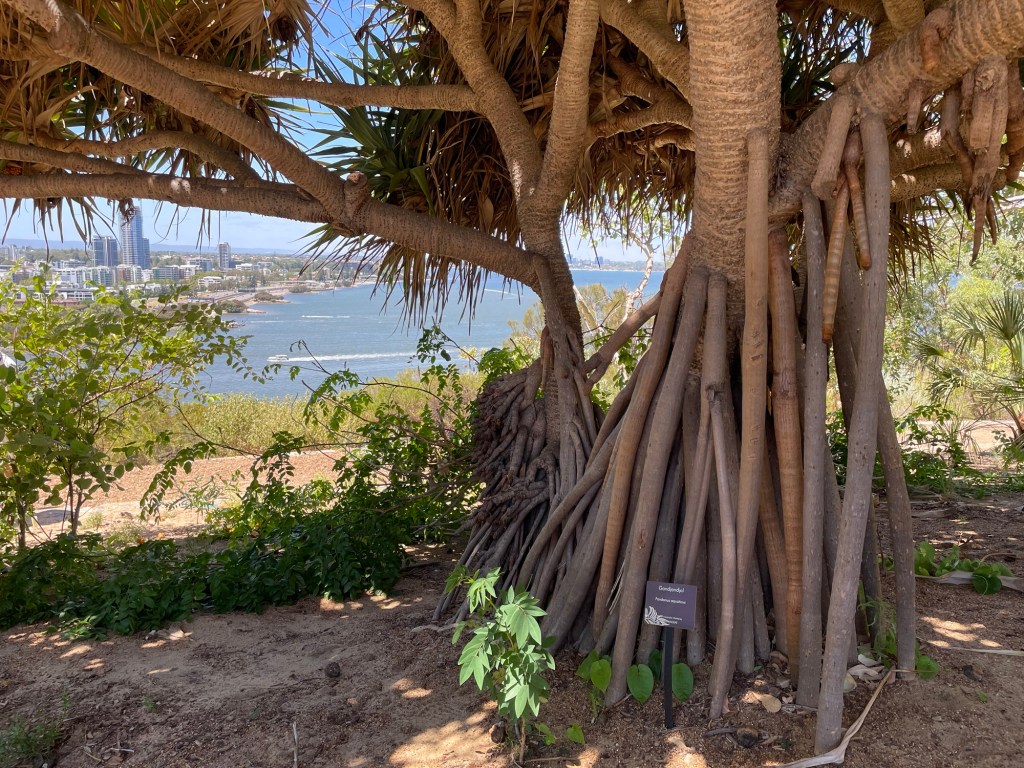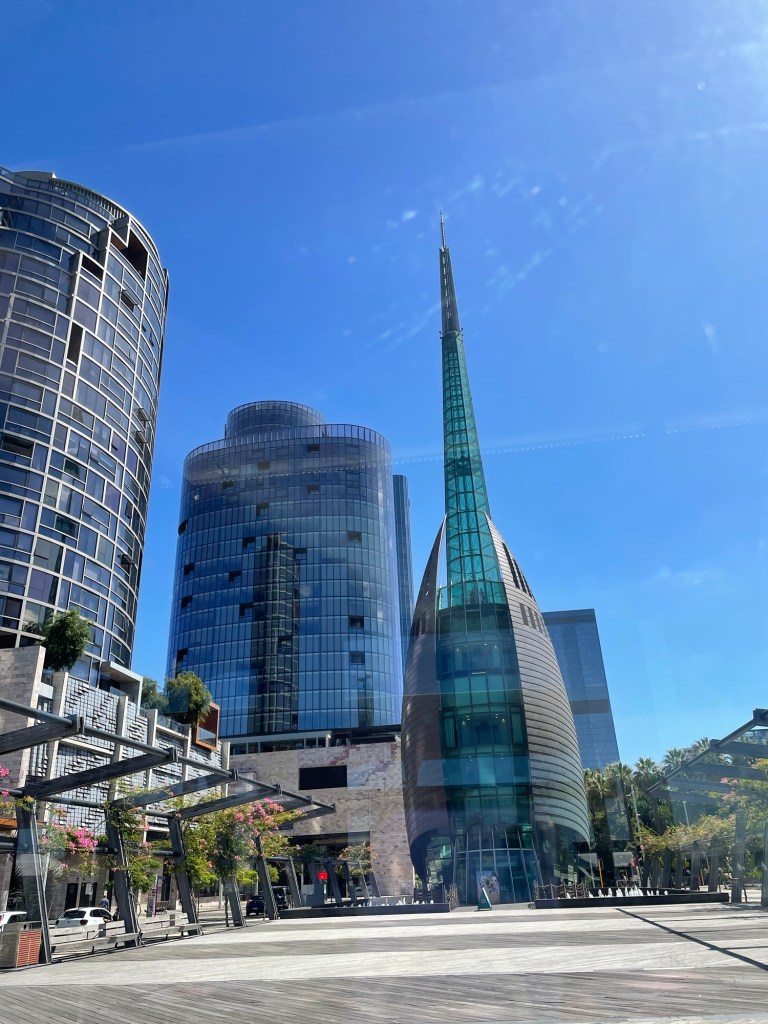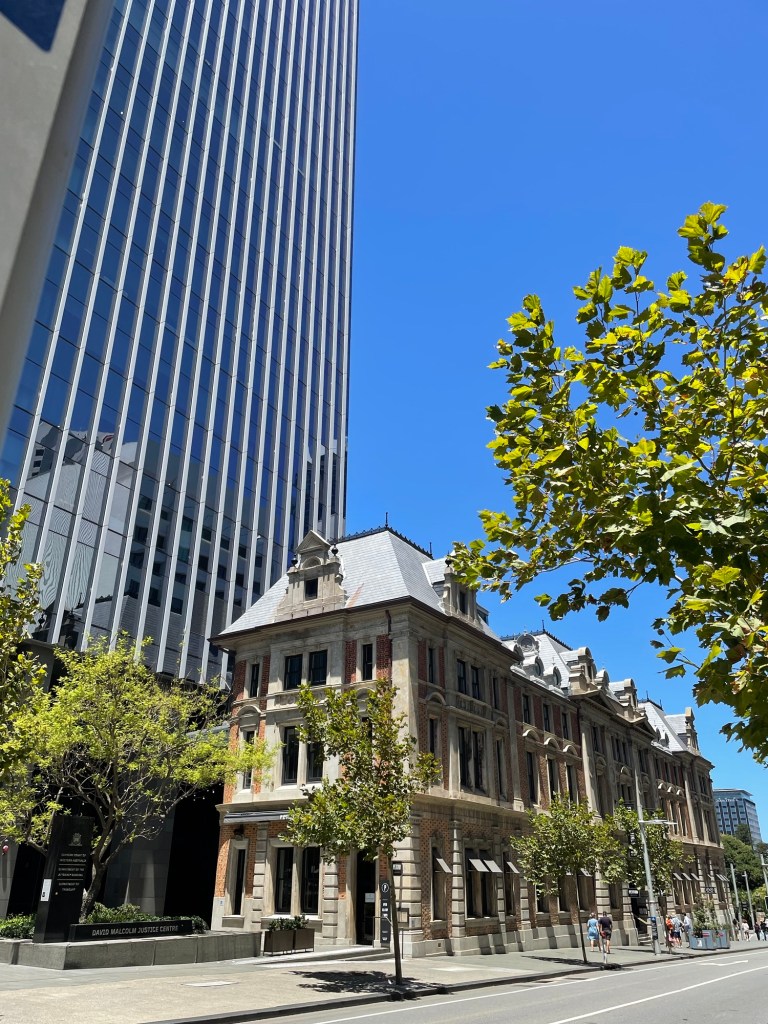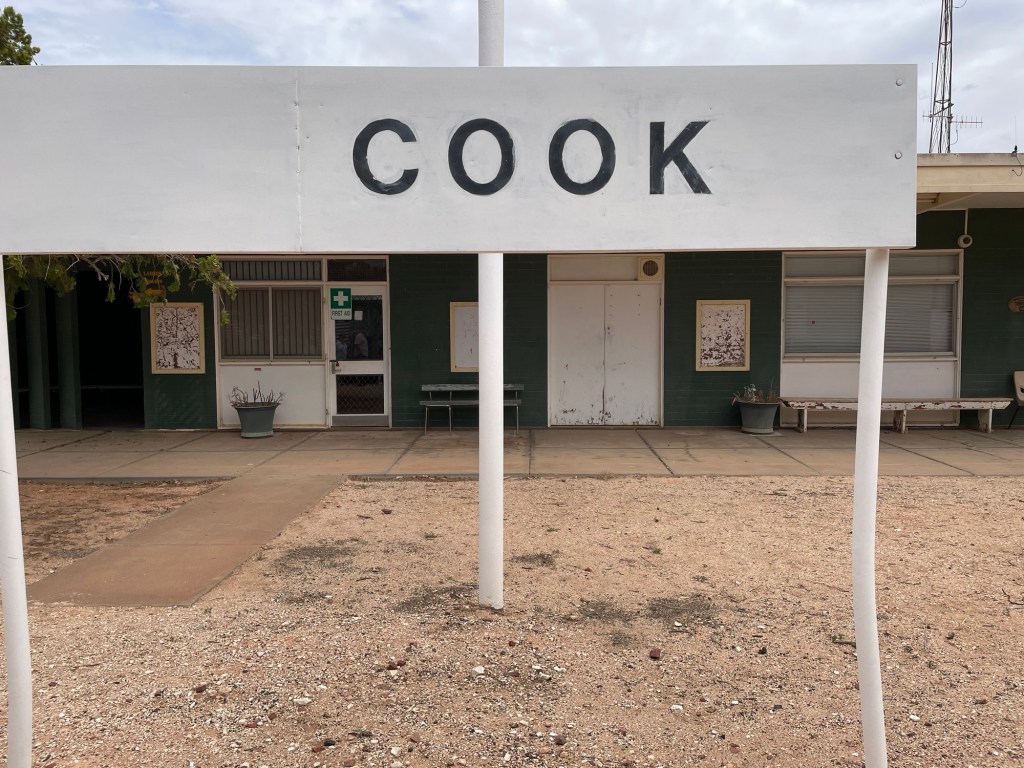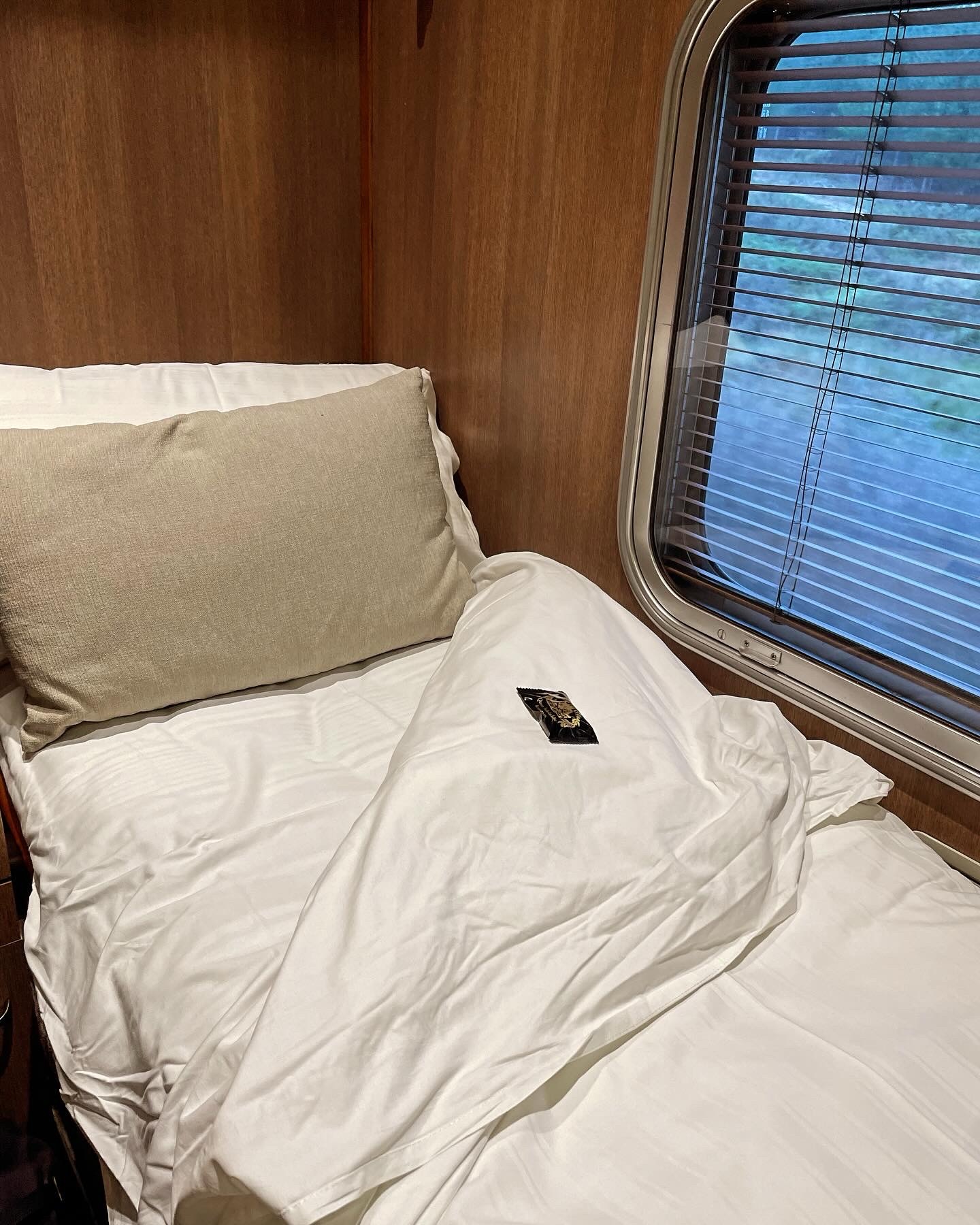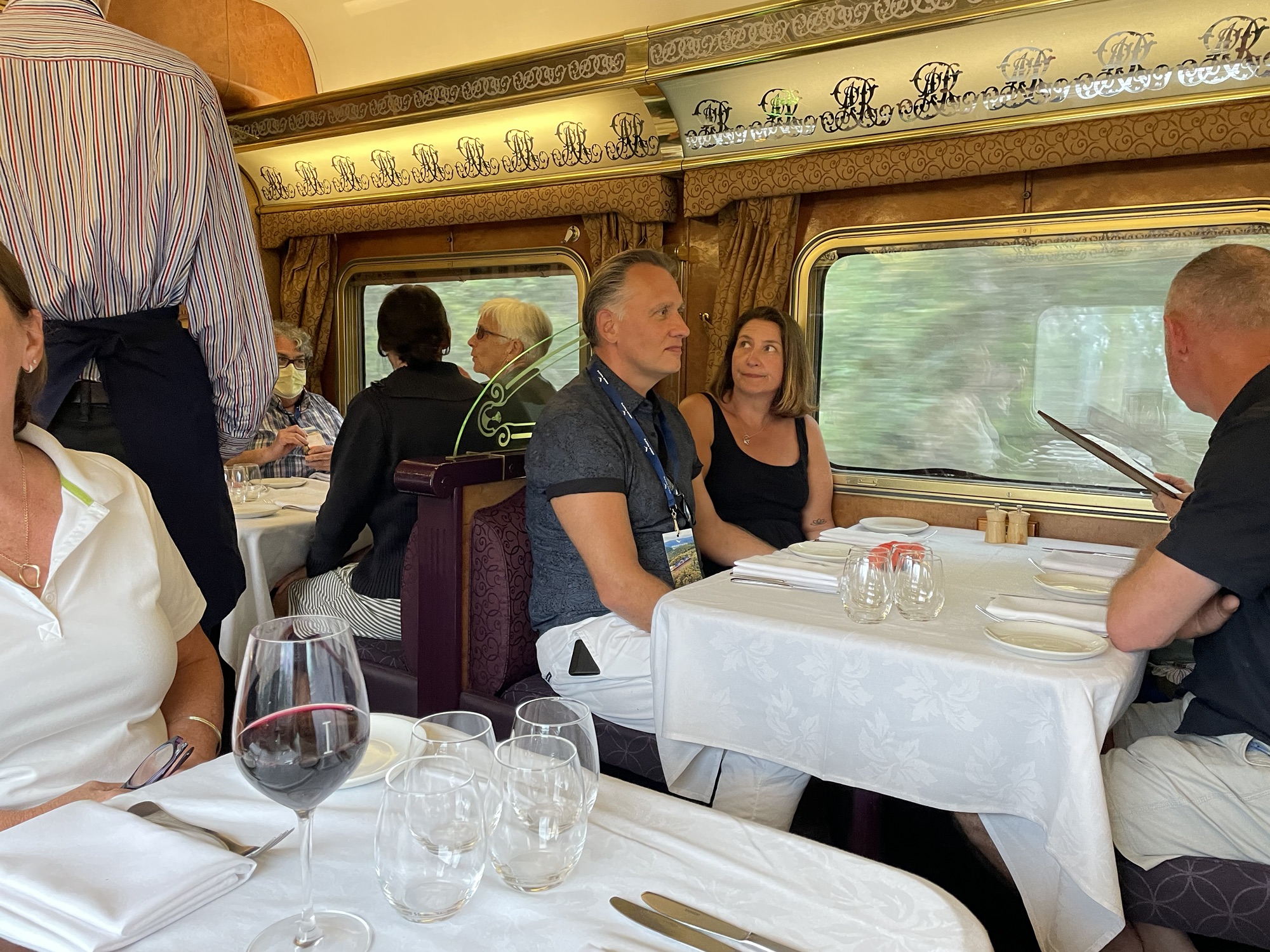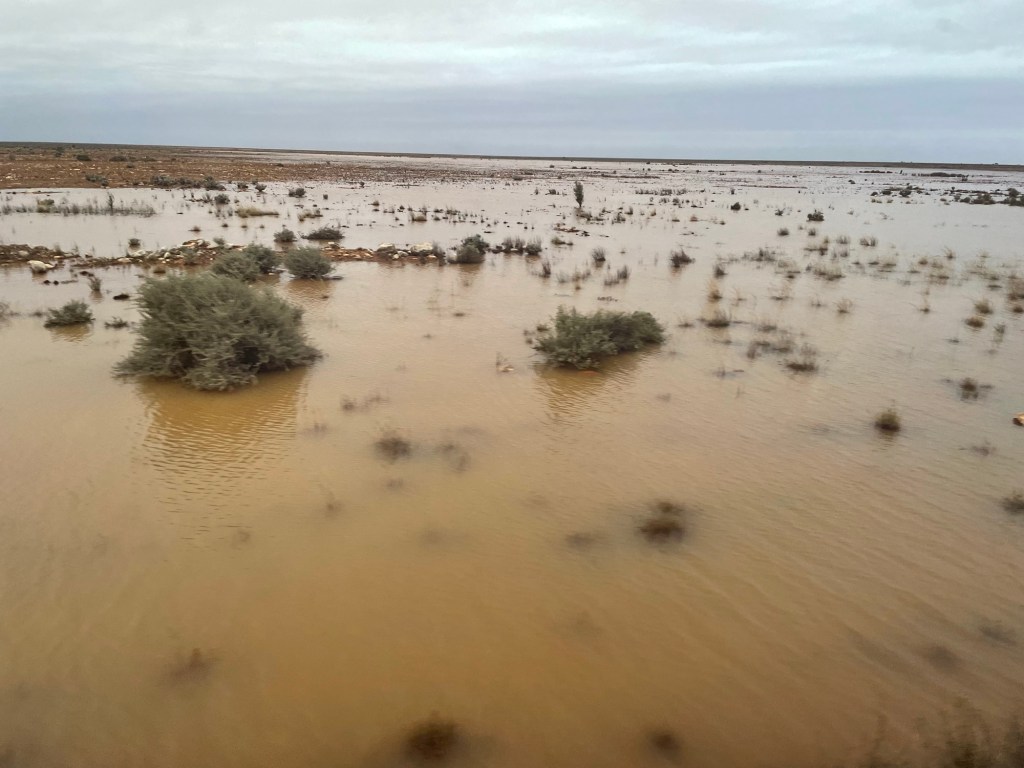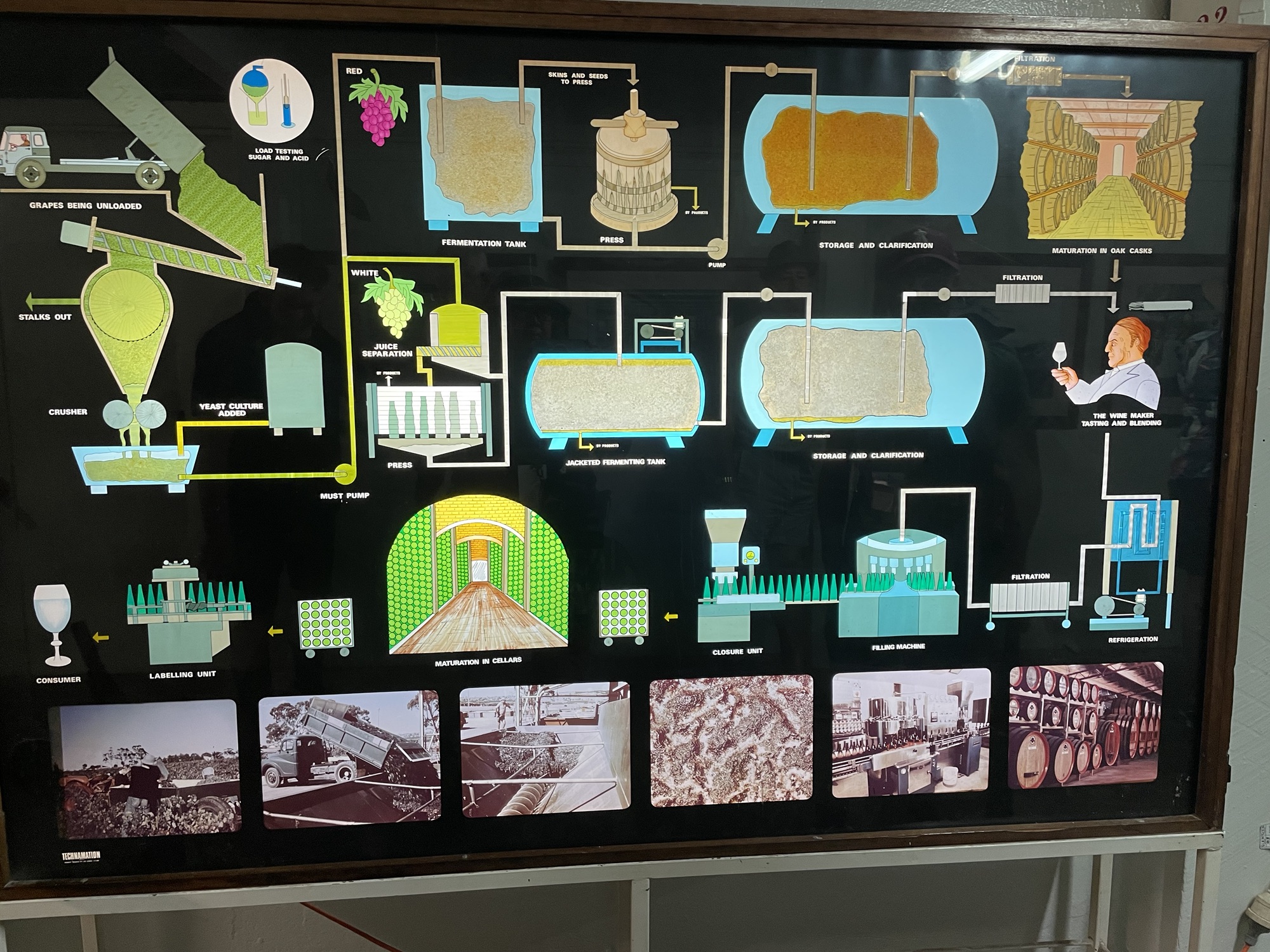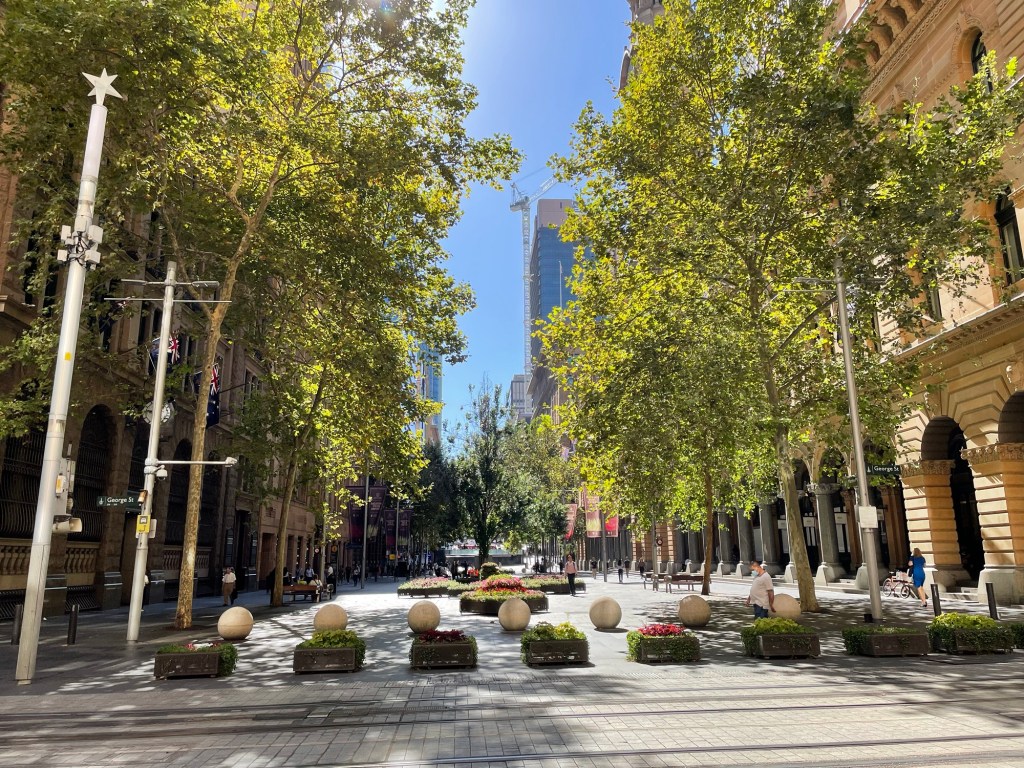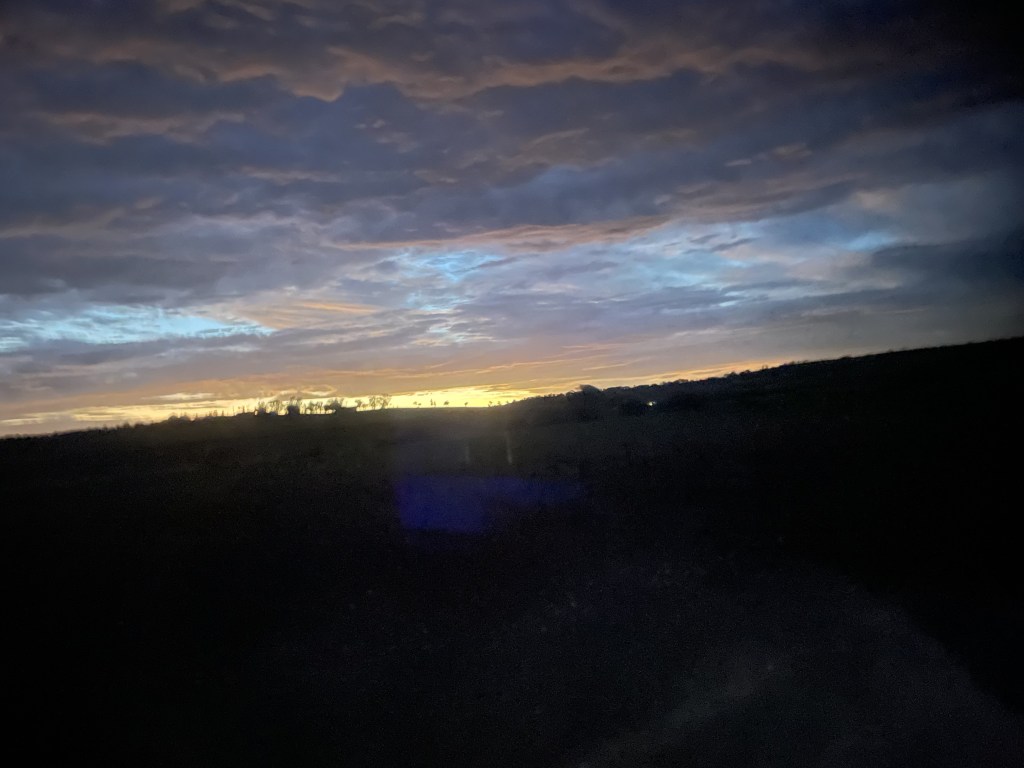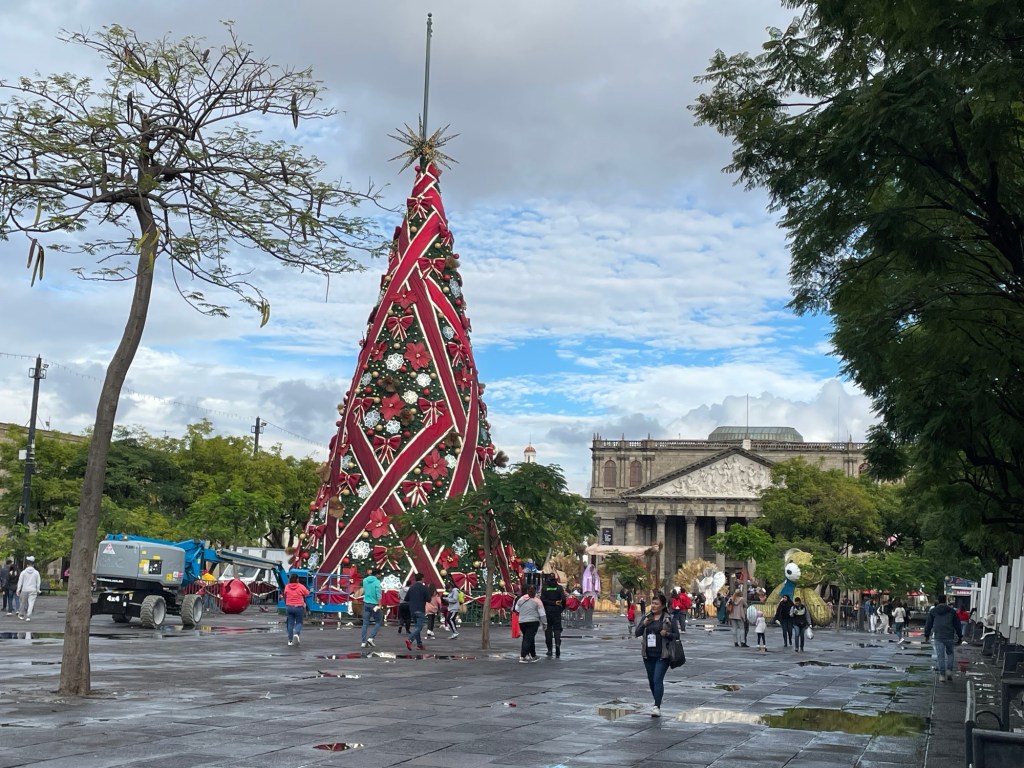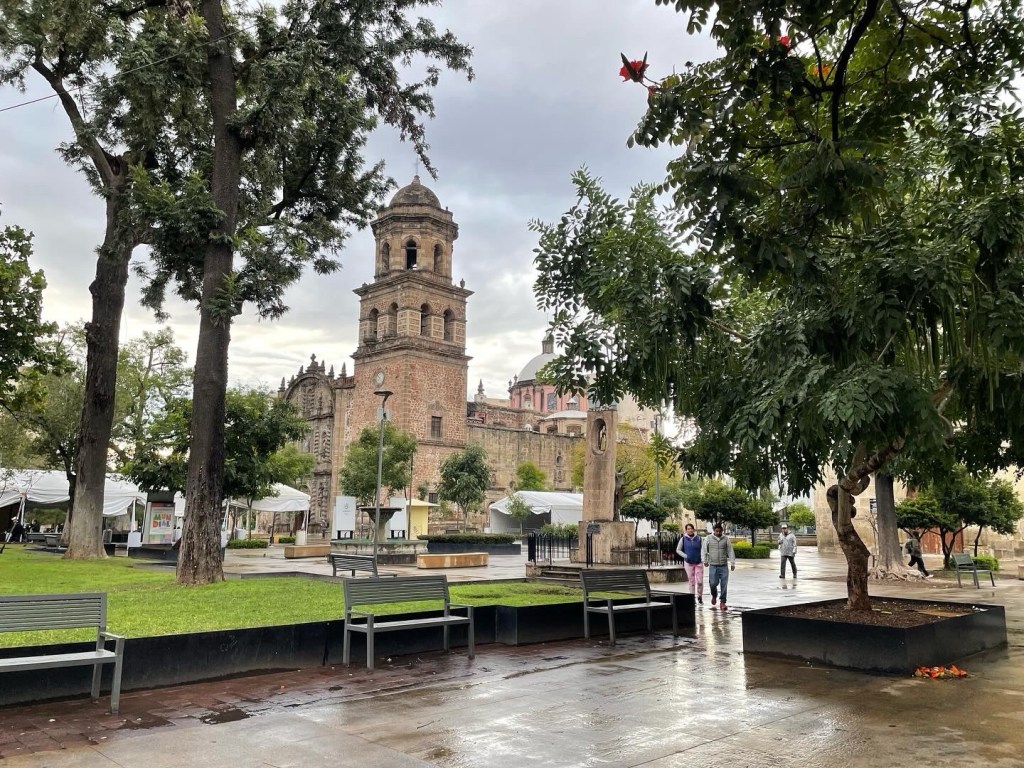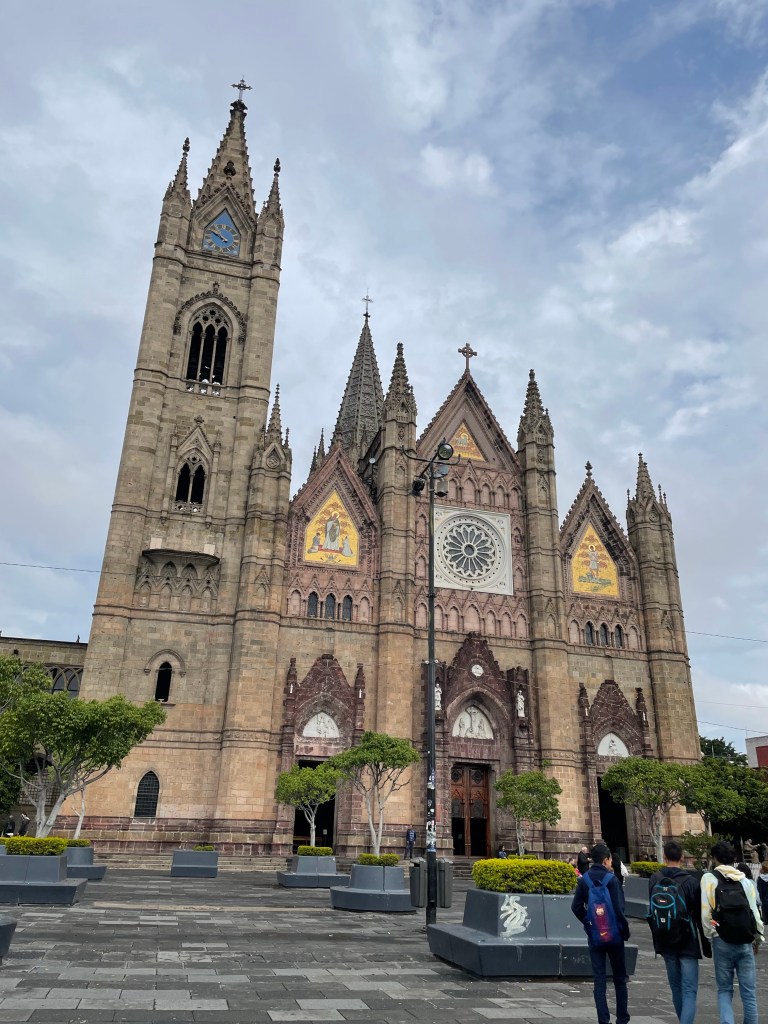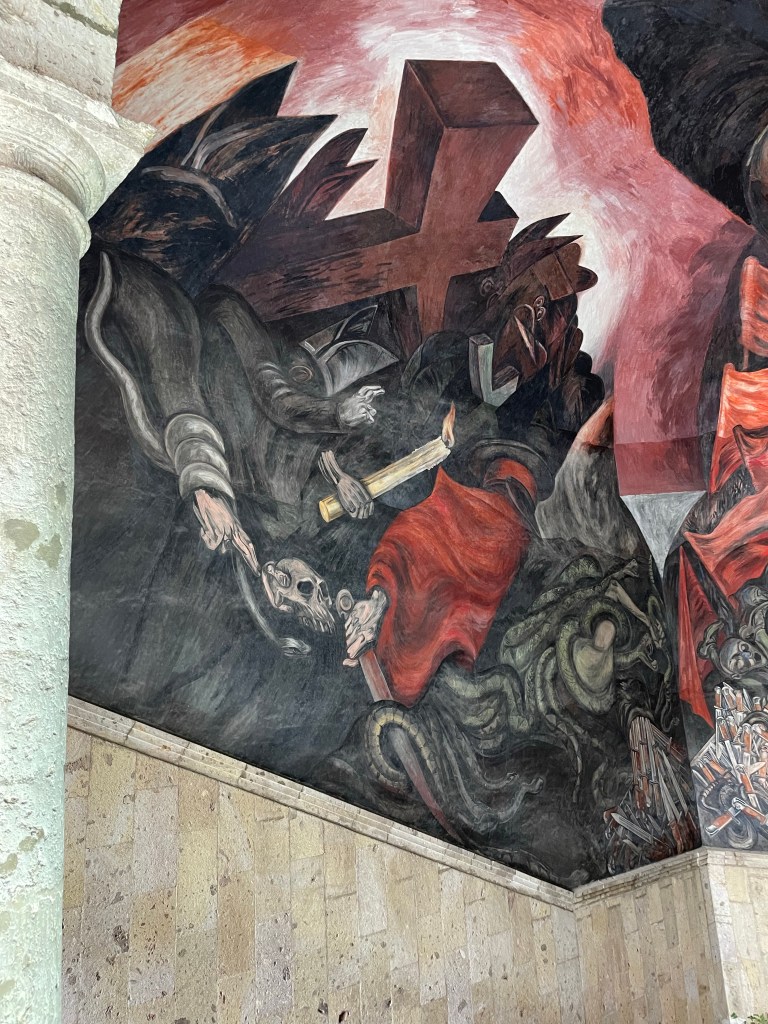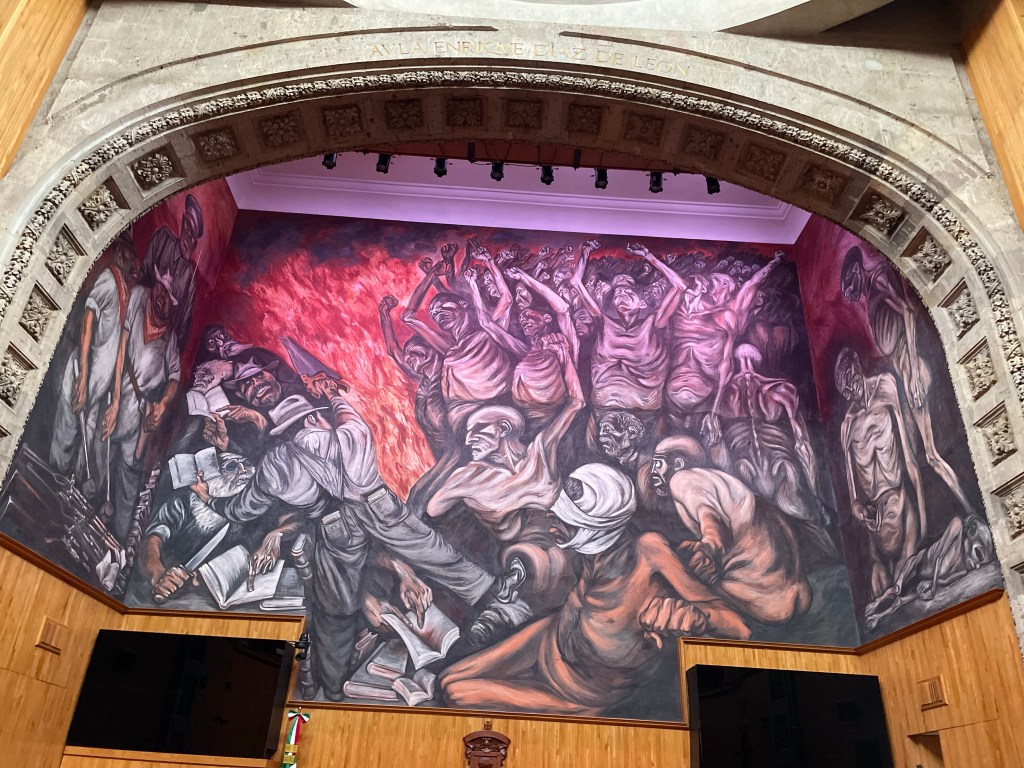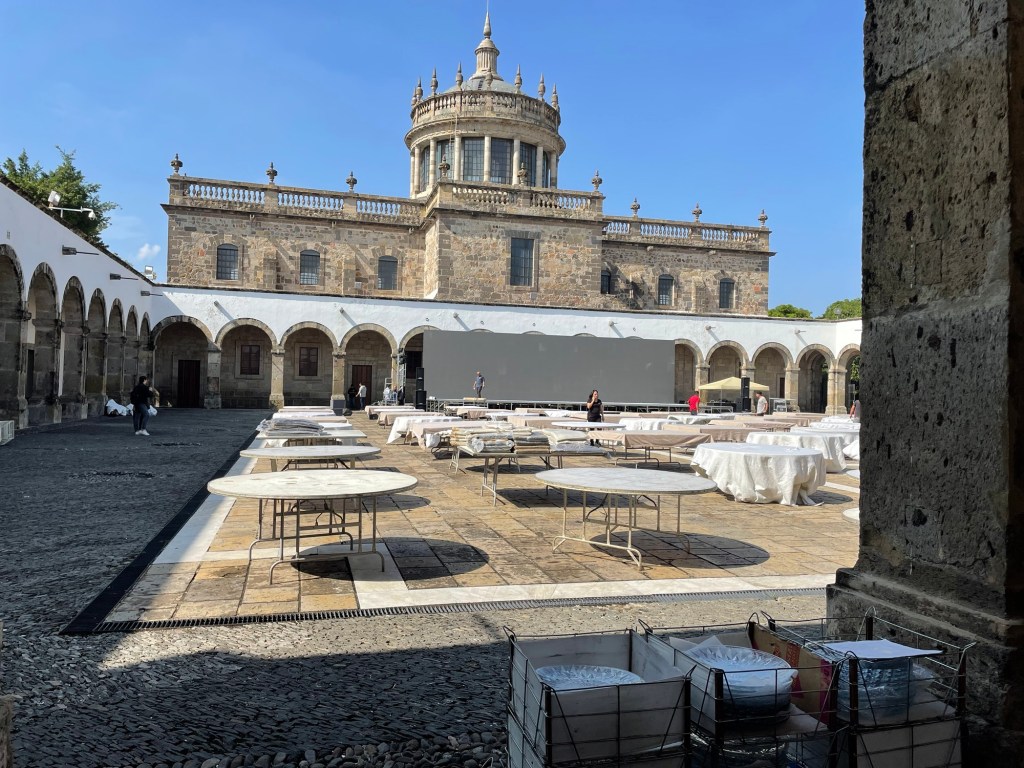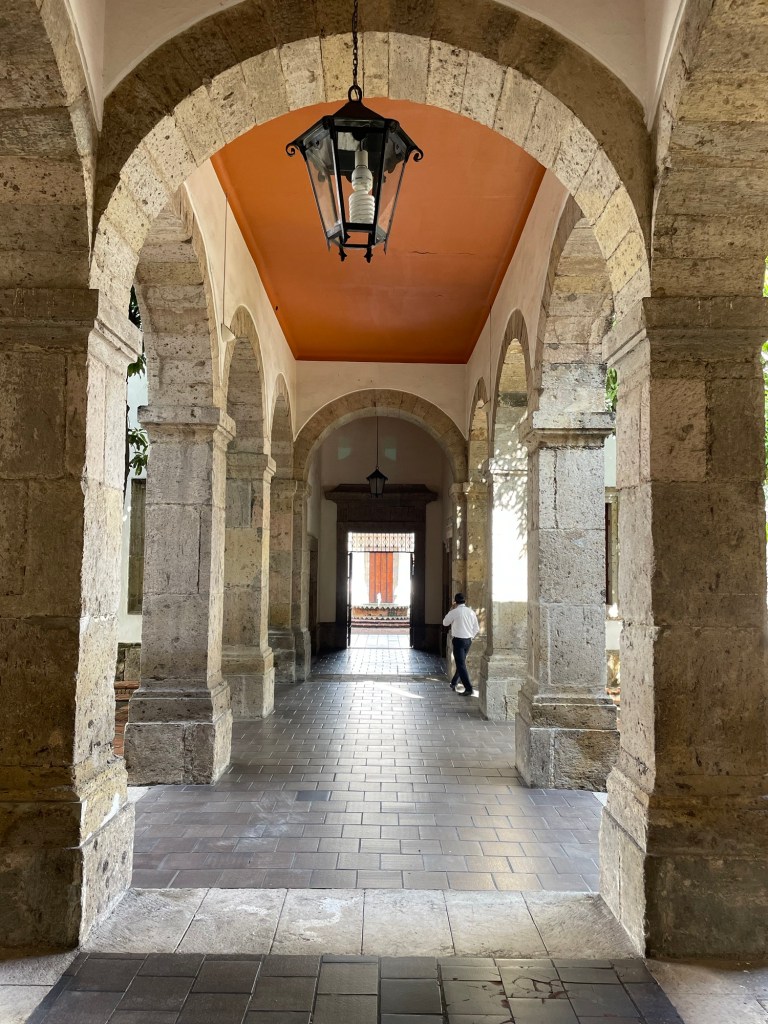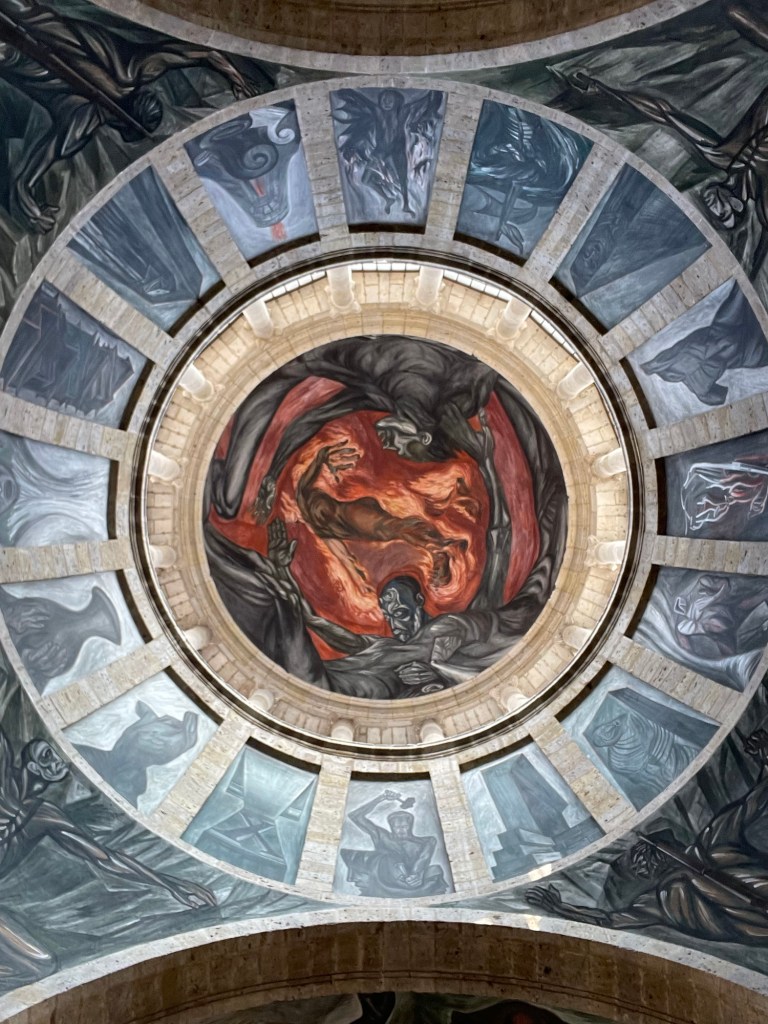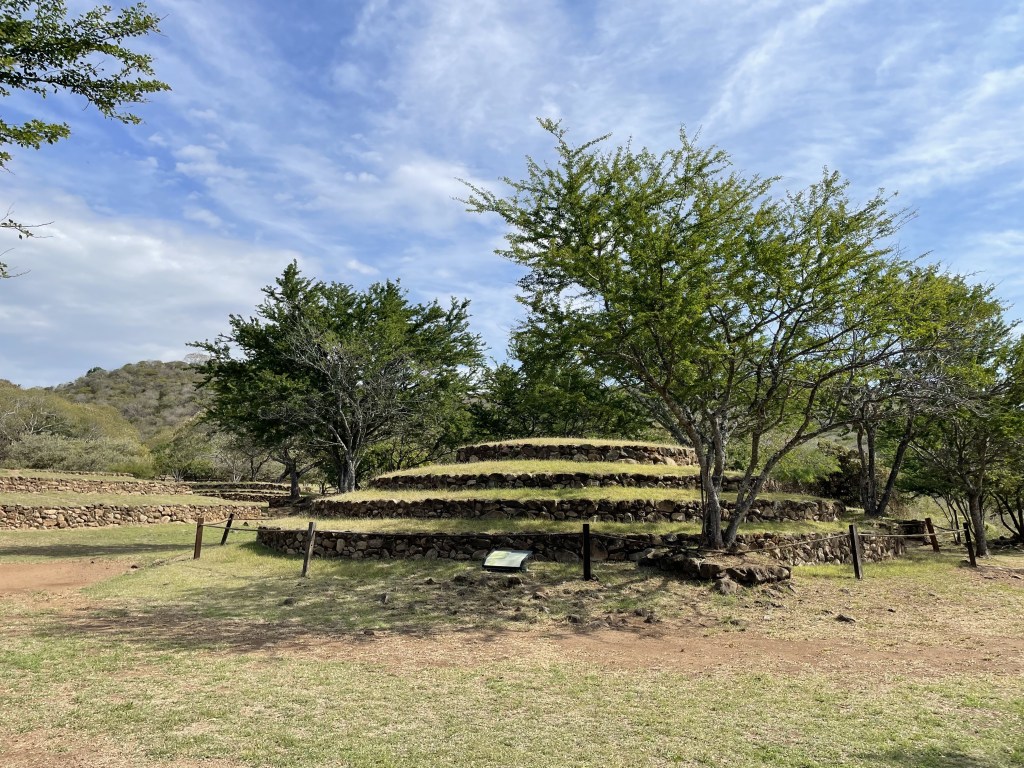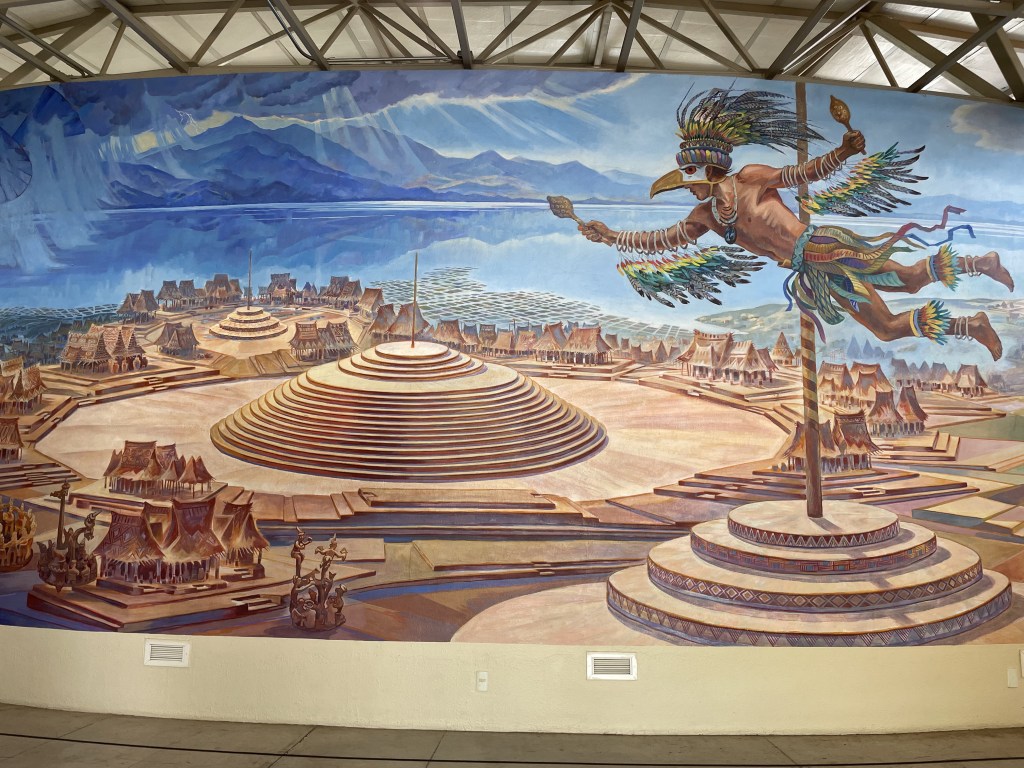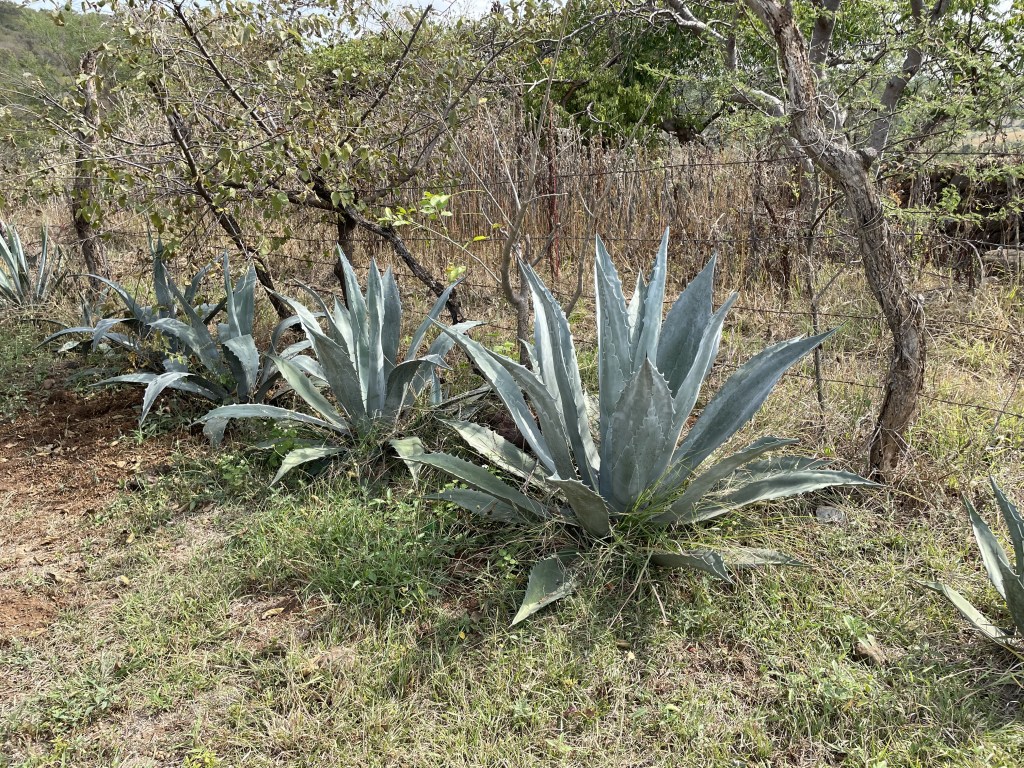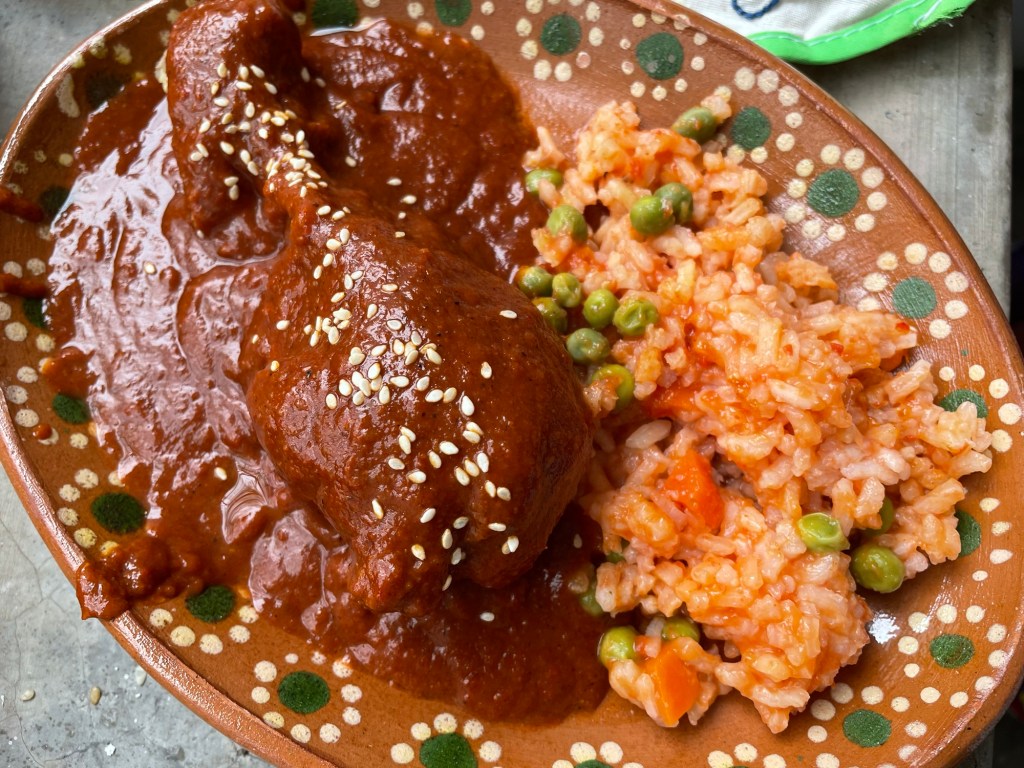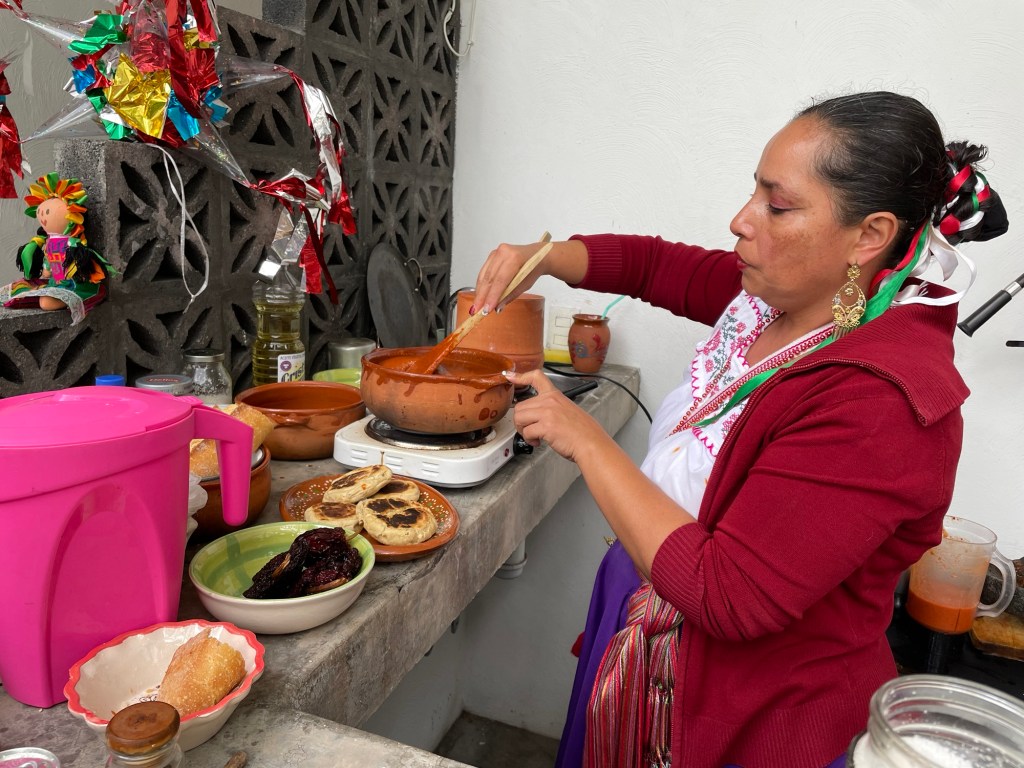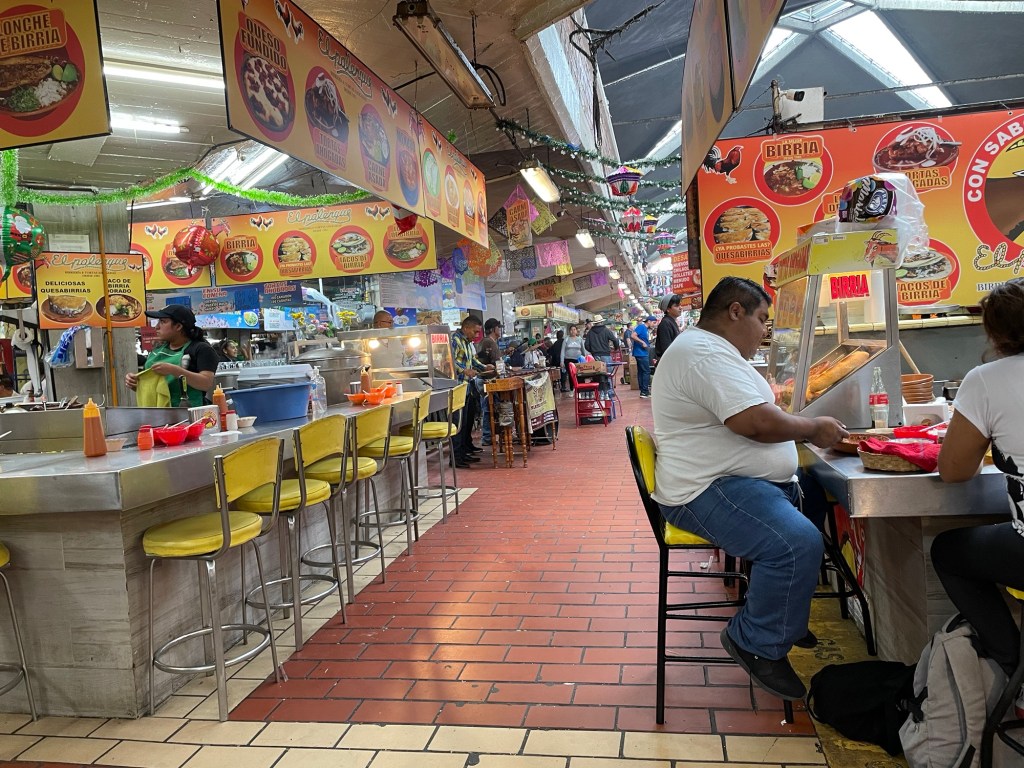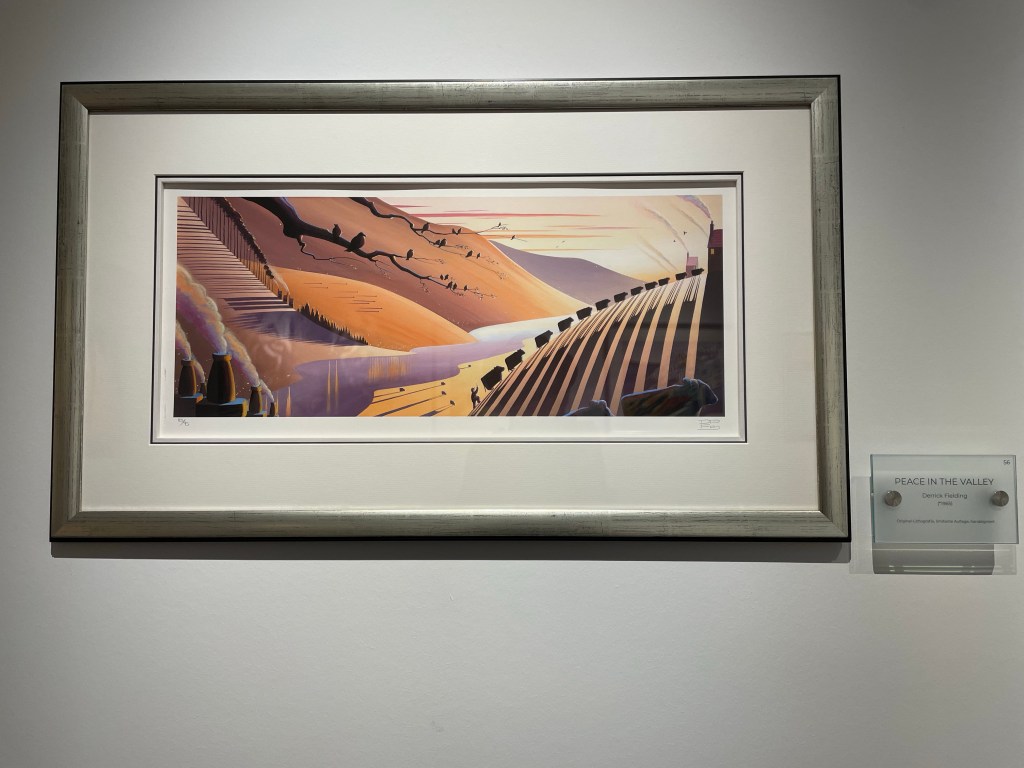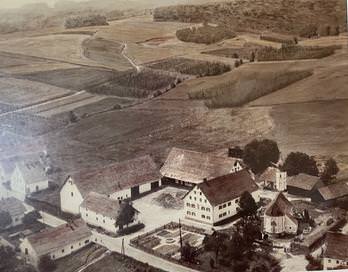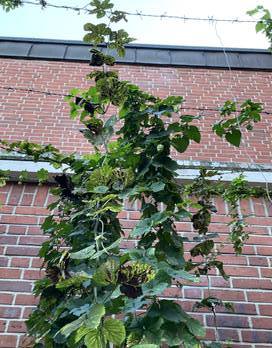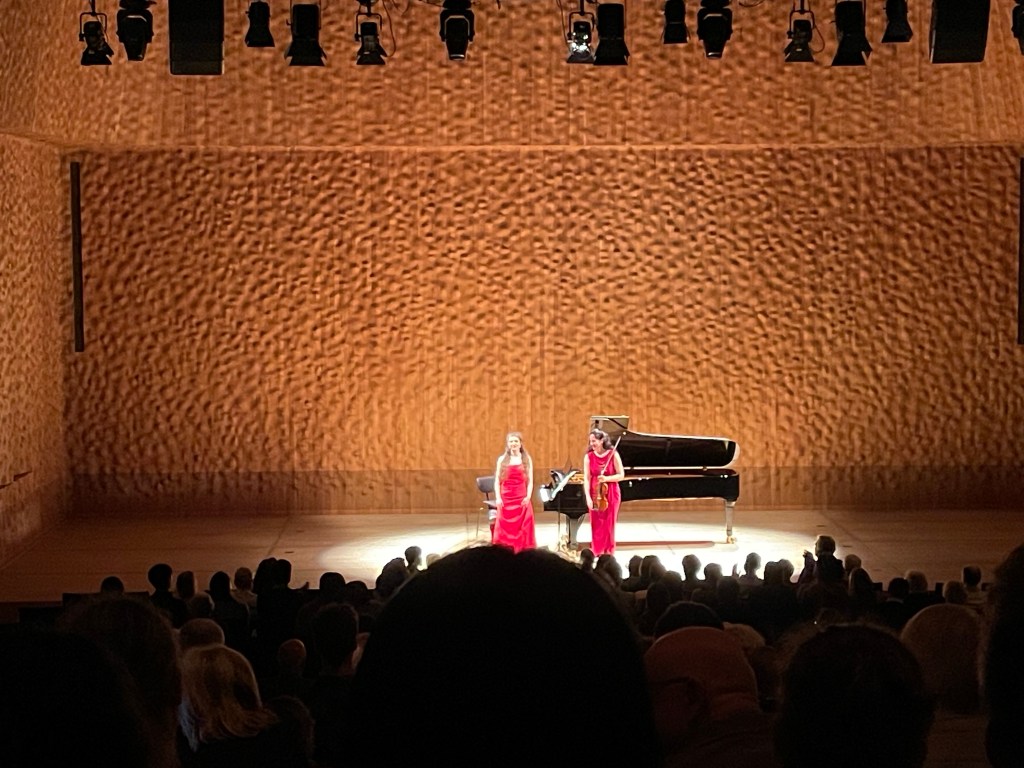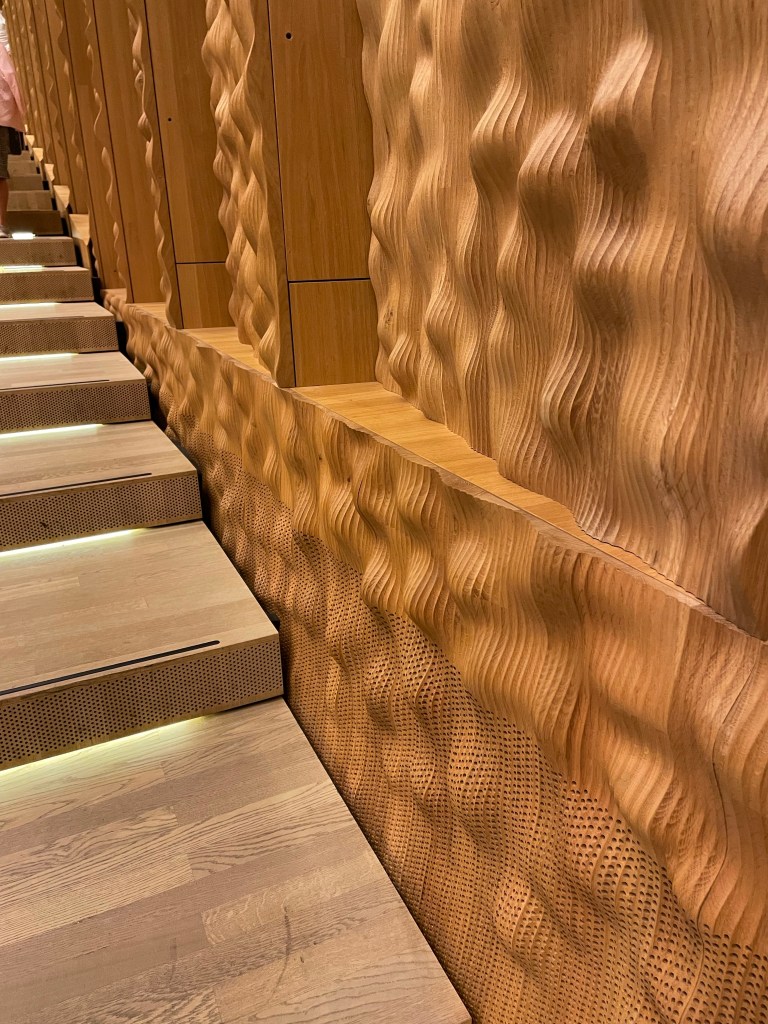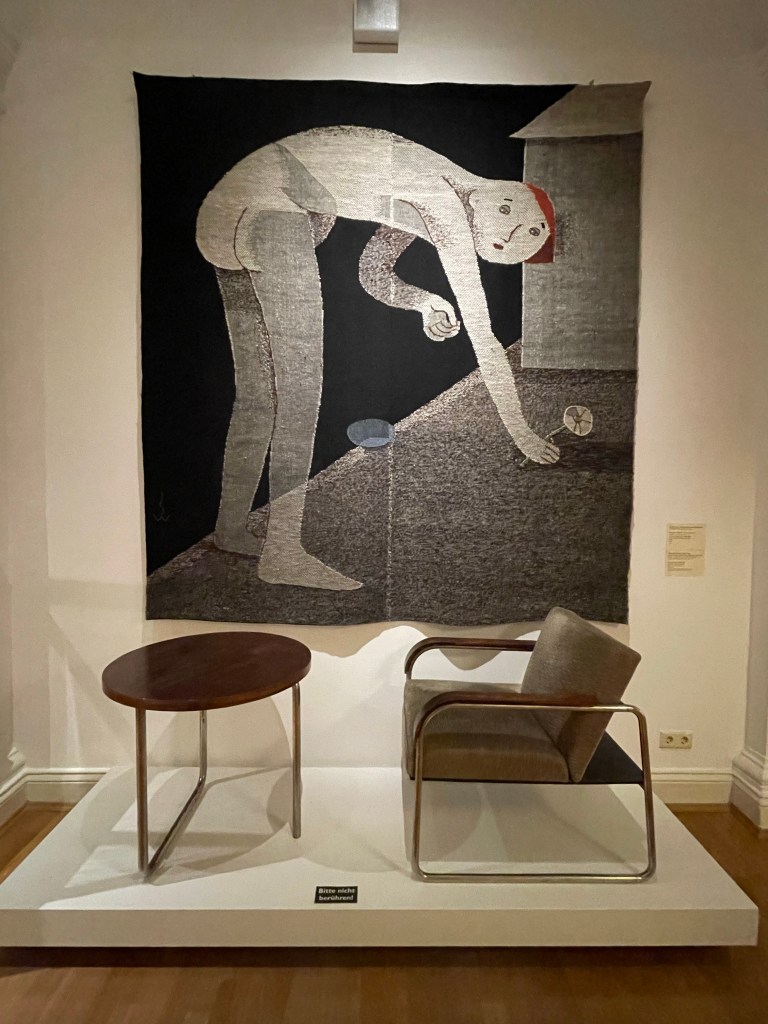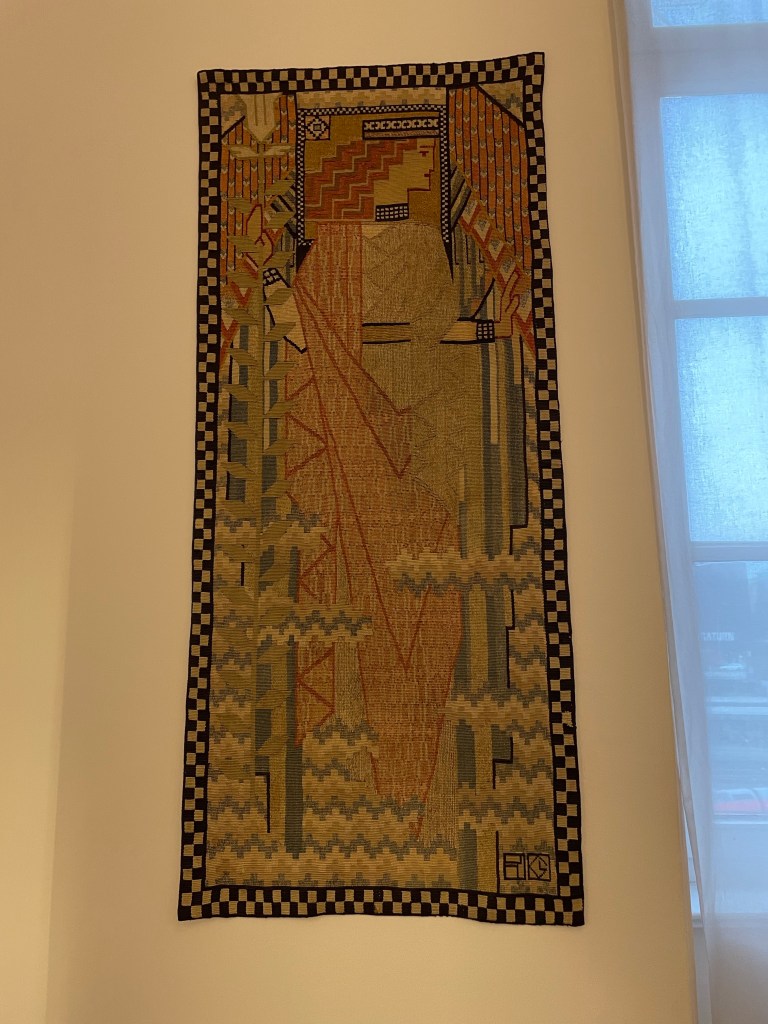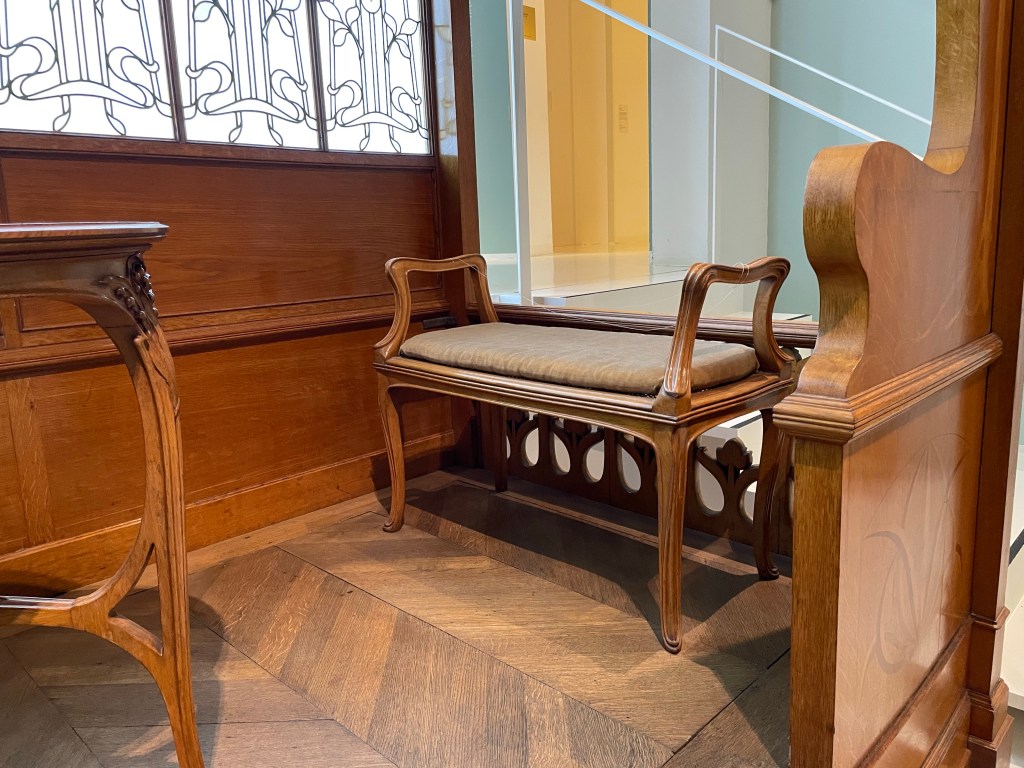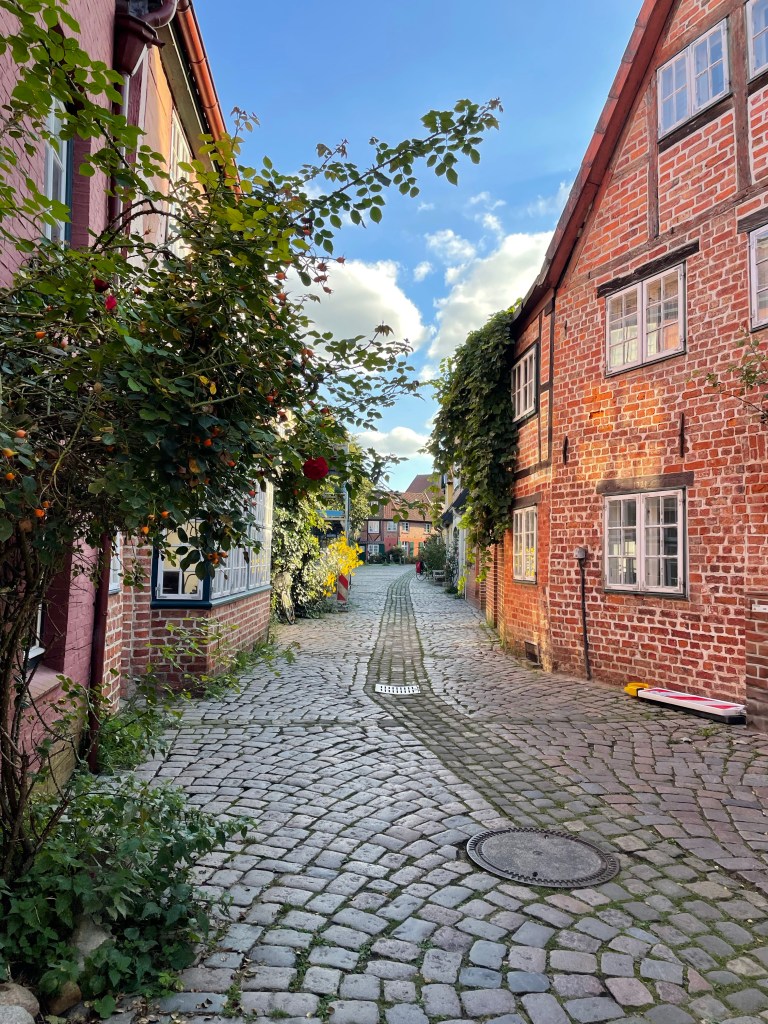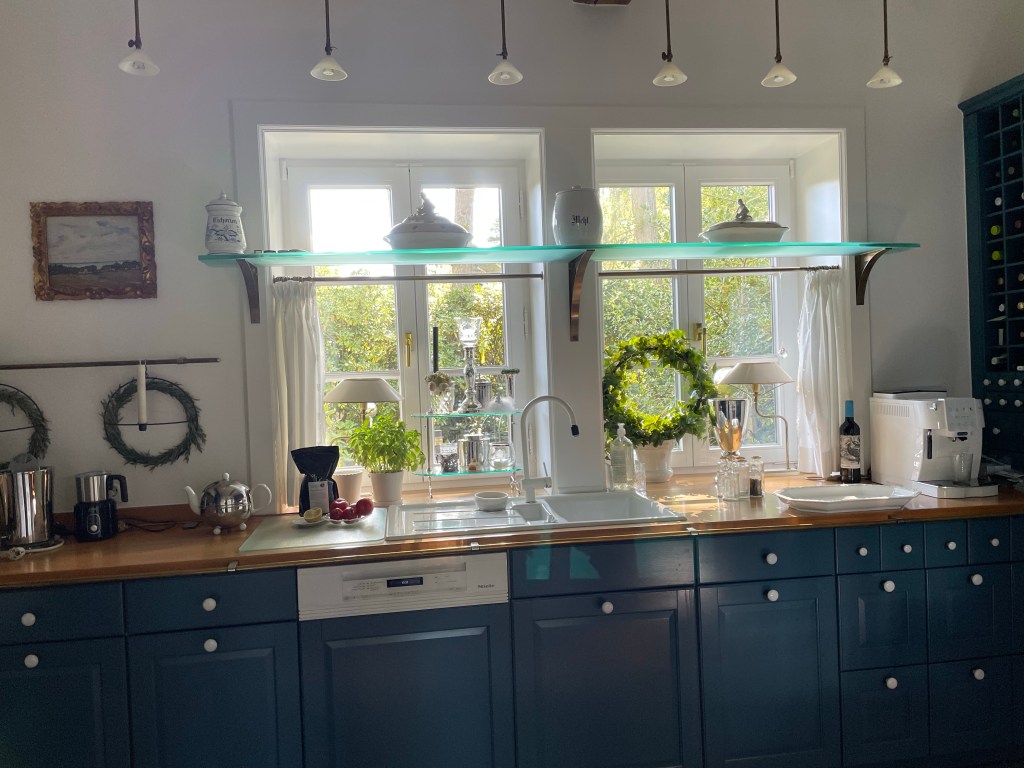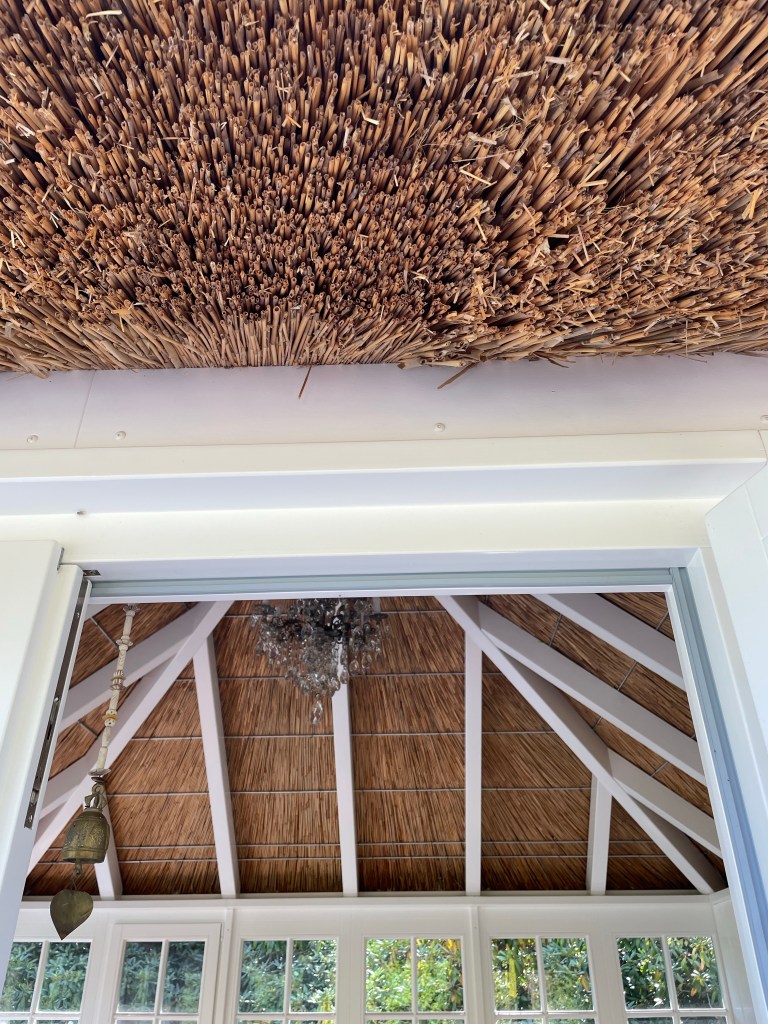
From the Military Museum to the Frauenkirche, Dresden confronts its responsibility to teach the public about Germany’s history. The Military Museum uses its historical collection to explain the consequences of war, while the Frauenkirche church reused salvaged blackened stones from the bombing to show how much of its building was destroyed.

Dresden’s Elbe Valley was delisted as a UNESCO World Heritage Site in 2009 because a bridge was proposed to be built over the Elbe. It would destroy the river’s original view. Practical needs determined the decision to proceed. So now the bridge is built.
Nevertheless, the view of the river and the city’s Baroque buildings continue to be appreciated by tourists and residents alike. Historic preservation and its lasting value were challenged and the loss was contemporary society’s gain.
Loschwitz, or Lost Wits
Loschwitz, a neighborhood to the east of Dresden possesses original Jugenstijl buildings that I call “buildiful” architecture (my new coin for what I consider worthy of being sought more than once). The delightful rooftop windows typical of the era are in pristine condition and proudly wink at us.



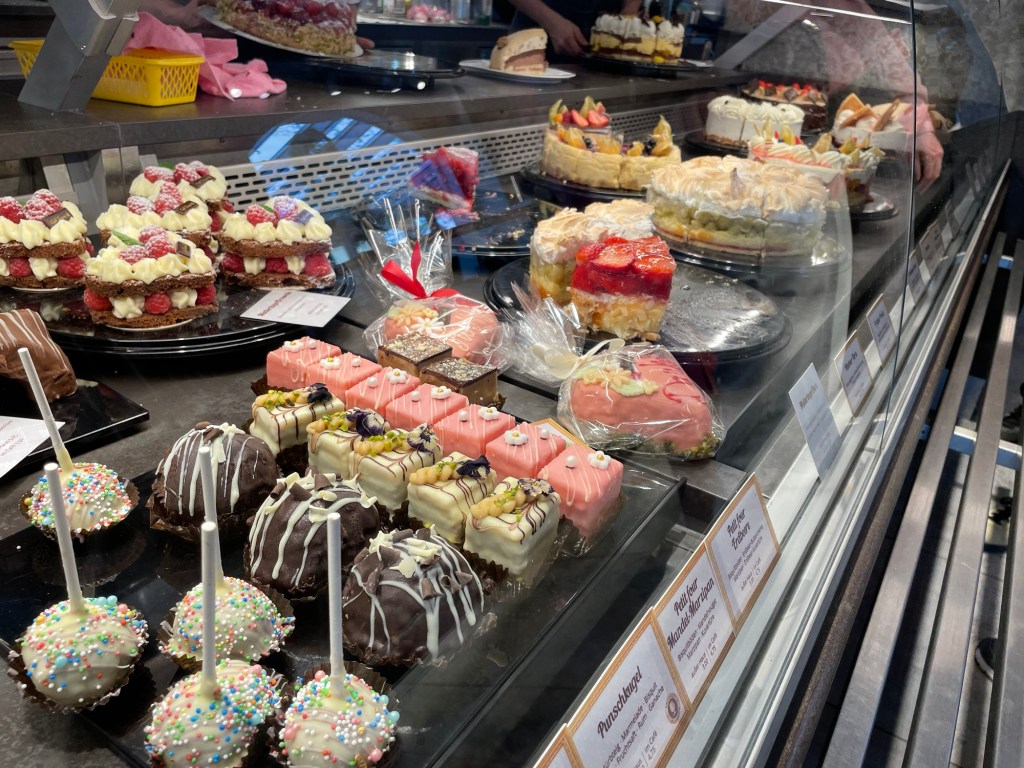

Local Dresdners Hanne and Jens joined us at Toscana, a local patisserie for afternoon coffee and cake.
The Semper Opera and Don Carlo
The Semper Oper appears somewhat clunky and clumsy from the exterior, and its public spaces are even more awkward. Yet the intimacy of the interior for only 1300 seats makes the opera experience superior to larger opera houses. Compared to the New York Met’s 3800 seats, there is no comparison. Opera stars can focus on their tone, quality, and pacing, rather than screaming to the back of the balcony.
Our first tier seats to the side of the stage were perfect for a close up view. The story of Don Carlo gave me a historical lesson on the Inquisition, its chilling reign of terror, and about complicated royal household politics. No one was protected, not even the king or his family members, from the obligation and wrath of the Church. Love or lack of it, betrayal, and fear were the stuff that made this Verdi opera a reliable choice. It was worth devoting nearly four hours of time to be in the room.
The hyper- dramatic music was well supported by strong performers and marathon musicians. A stellar multi-media introduction, combined with a modern dance interpretation and elegant costumes, fused the entire opera together for a memorable show.
Enter Annemarie

For those of you who have been following my world travels in the past, you will notice a new addition during this journey. Meet Annemarie. She has agreed to join me on this year’s forays to cities in Germany and beyond.
We met at the Elbphilharmonie in Hamburg a year ago during Anne Sophie-Mutter’s Virtuoso violin performance. Annemarie helped me through a lost wallet incident. In a short time, we have become close friends. I visited her in Lueneburg, her home town near Hamburg, and she has visited me in San Francisco. When I told her I was planning another opera and music trip to Germany, she agreed to join me. Combining a car trip to visit her “Heimat”, or homeland, at a 600 year-old farmhouse outside of Munich, we are packing in an ambitious itinerary.
What nerve do I have carting a native German through museums, opera houses, and historic treasures!?! I can somewhat justify my Rick Steve’s rips and having participated in numerous Goethe Institute’s extracurricular activities over the past ten years. Yet I am hardly the experienced guide.
But at Annemarie’s instigation, I am going to try delineating what works for me, at least from my Asian-American eyes.
Annemarie lived in the US for a good part of her early adult life and was busy raising a family after her return to Germany. Now, twenty years later, she is ready to take on the cultural world. I’m anxious to learn more about Annemarie’s roots, which initiated our conversation about traveling to her home village. Inevitably, we will share in our many life experiences and mutual interests along the way.
As we embark on this journey, I hope you will enjoy following our jabs into music and culture in Germany, Bulgaria, and Italy!












